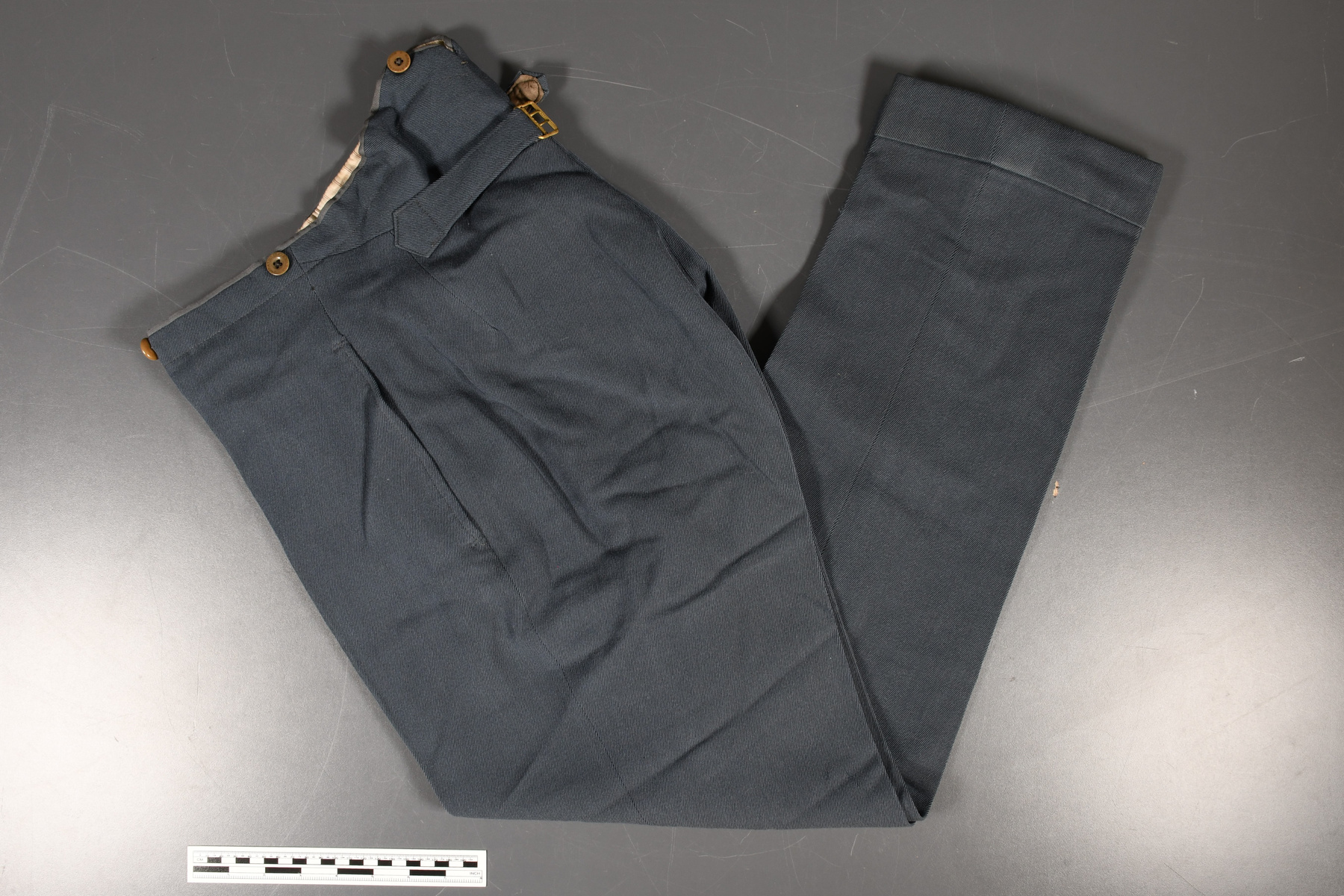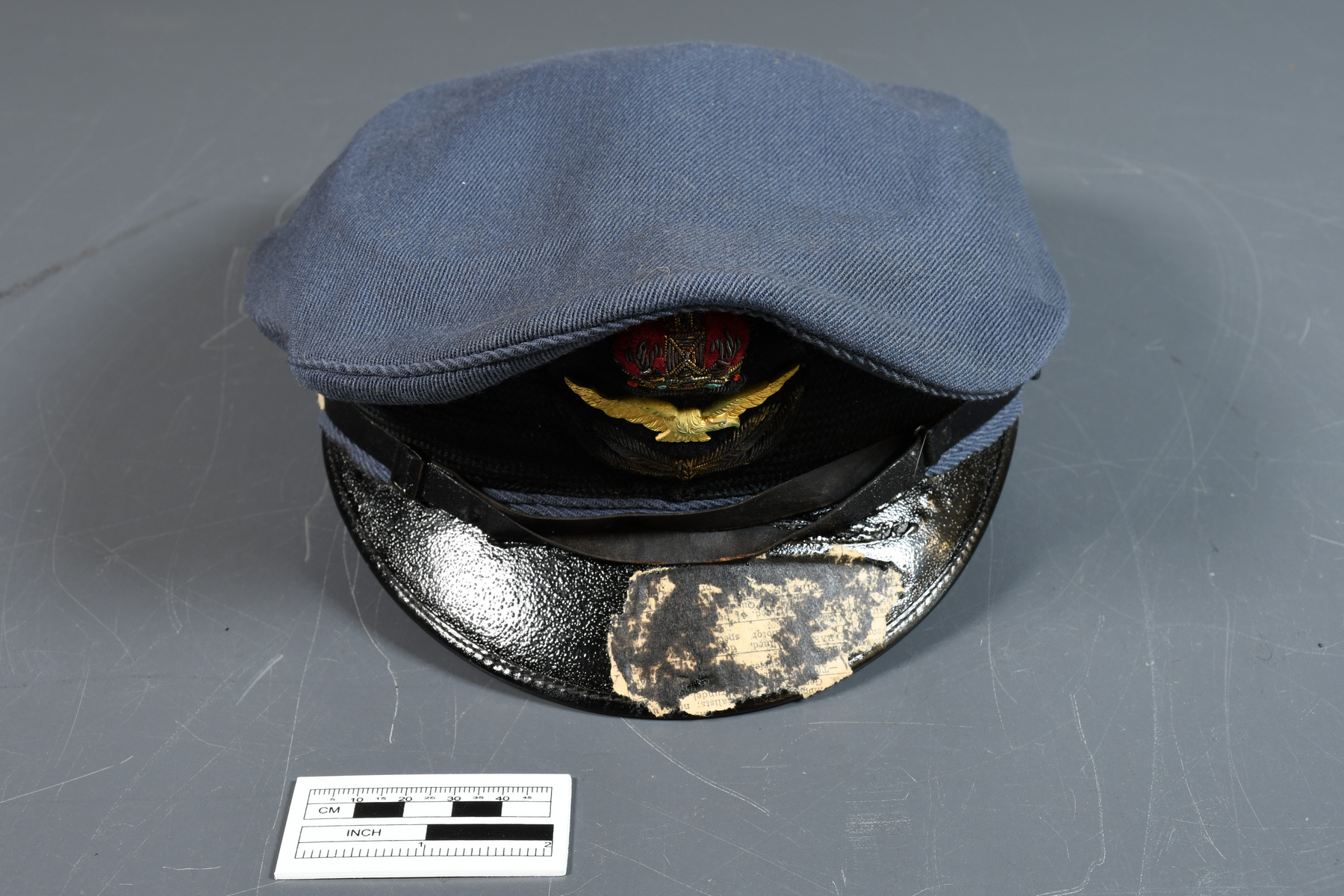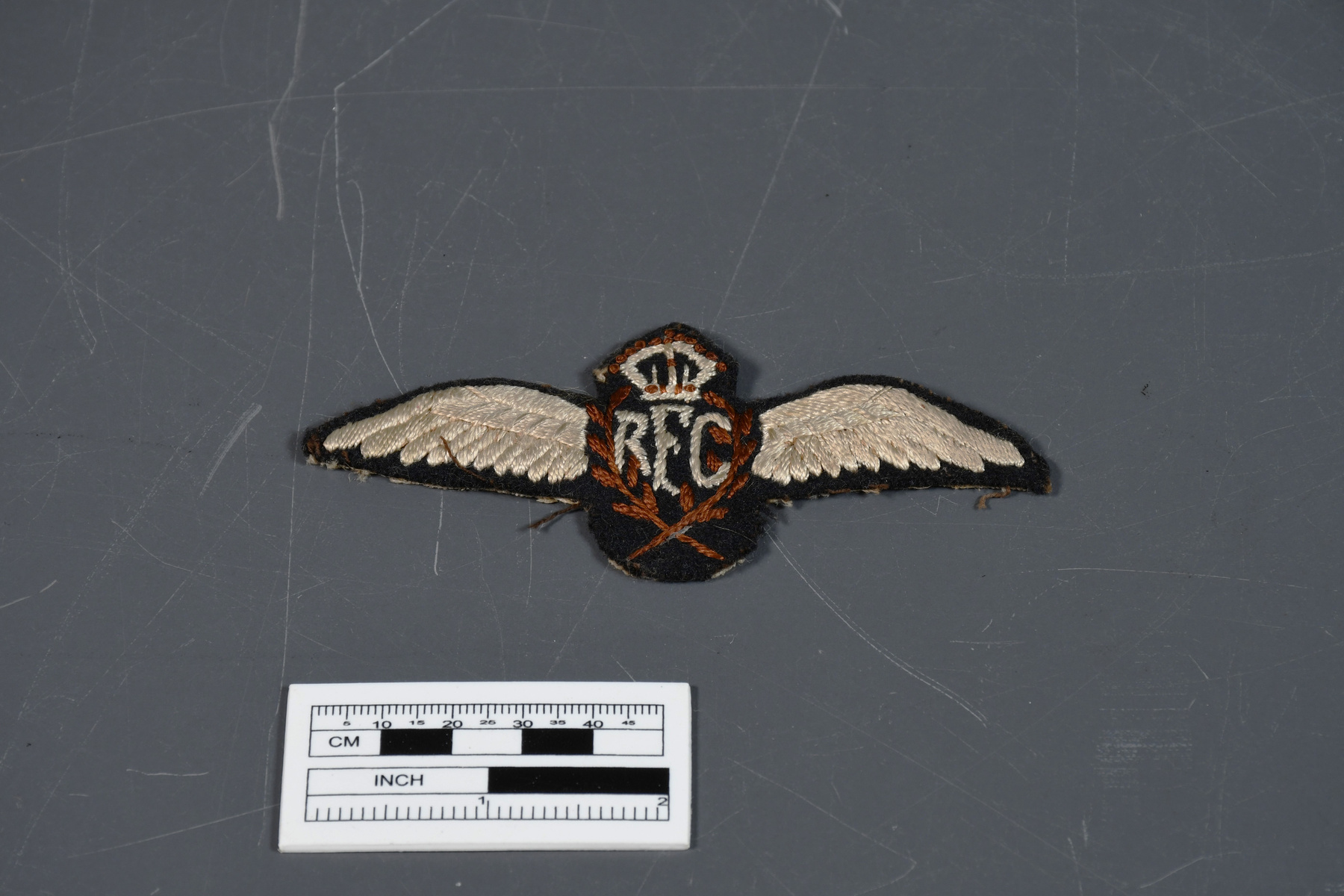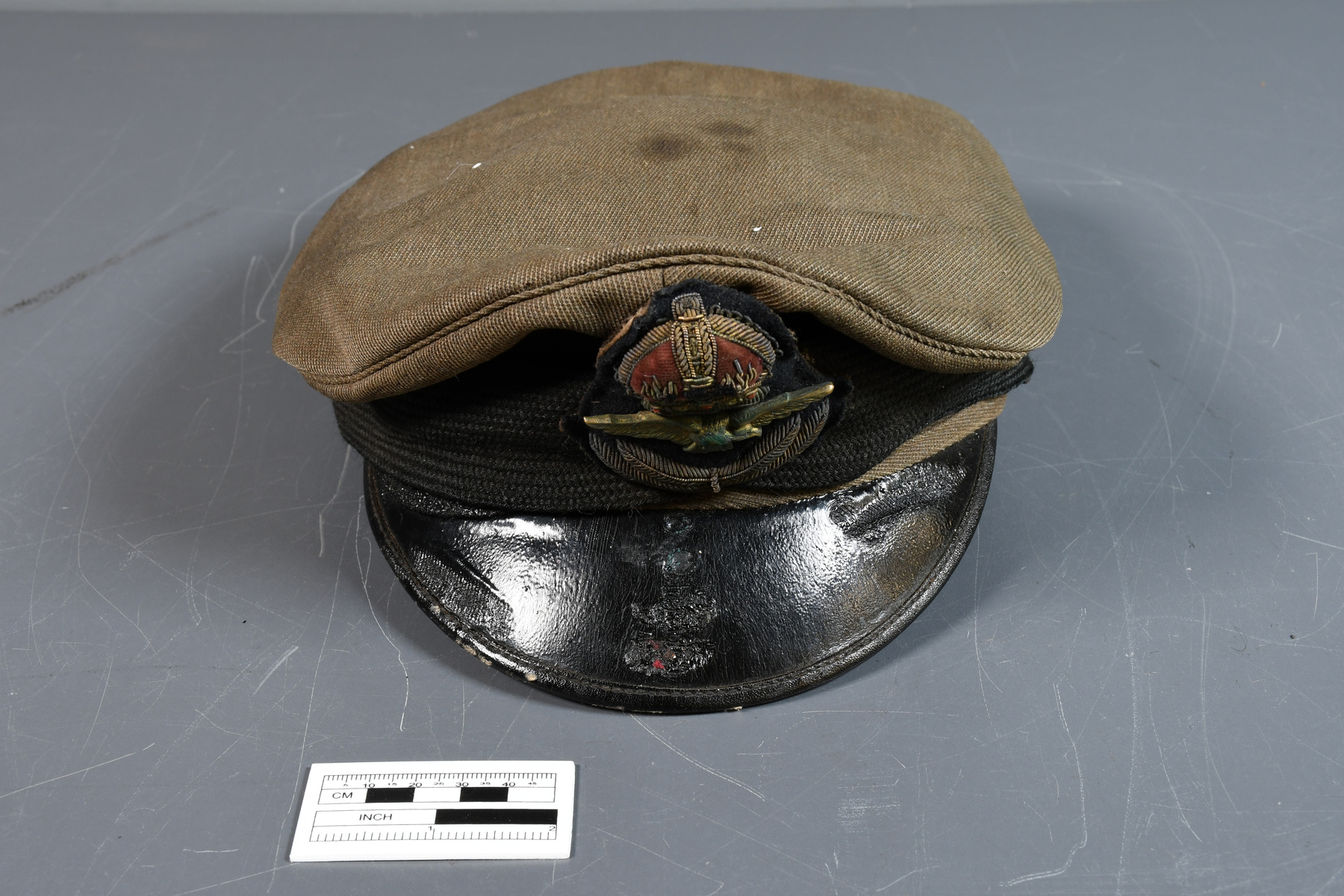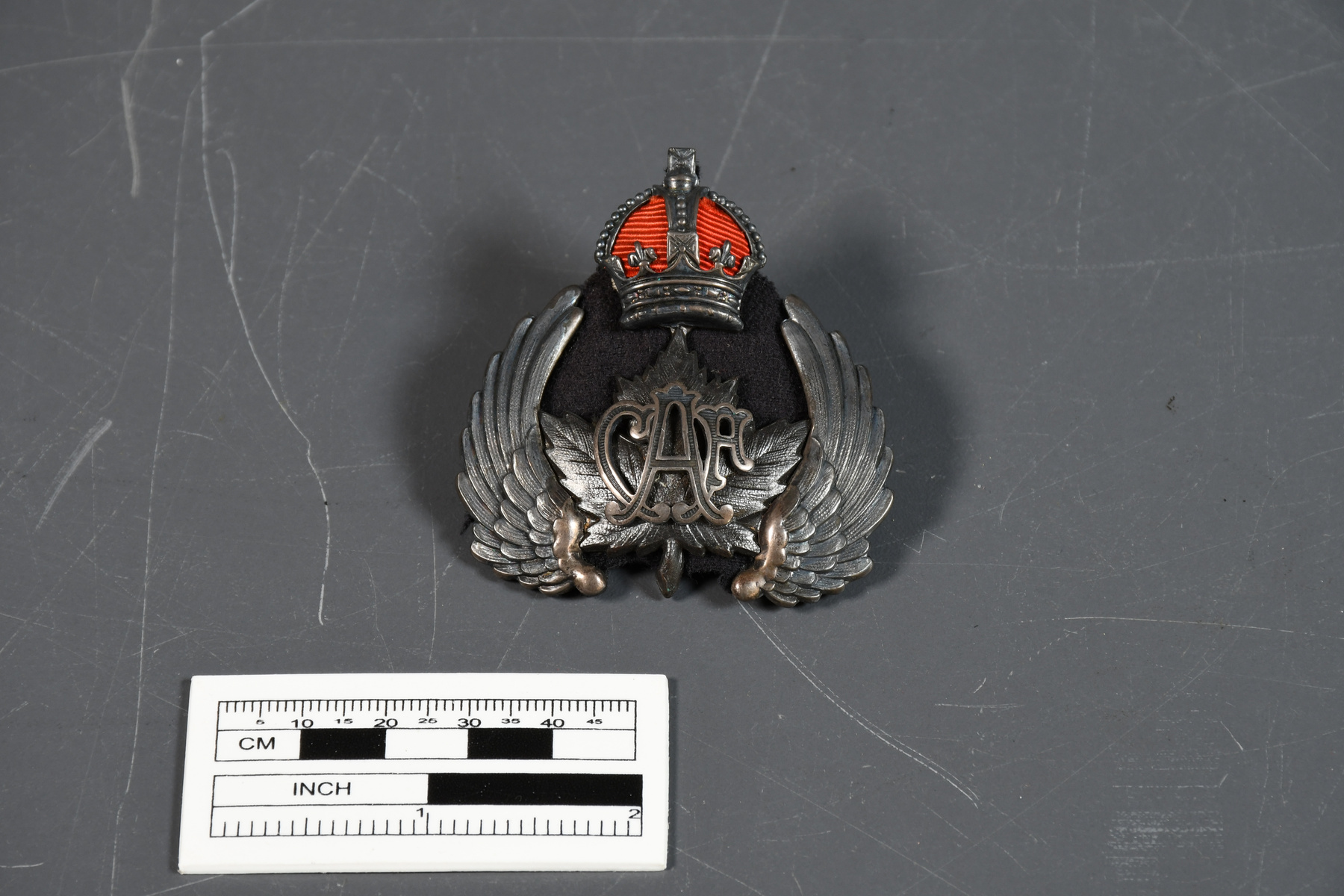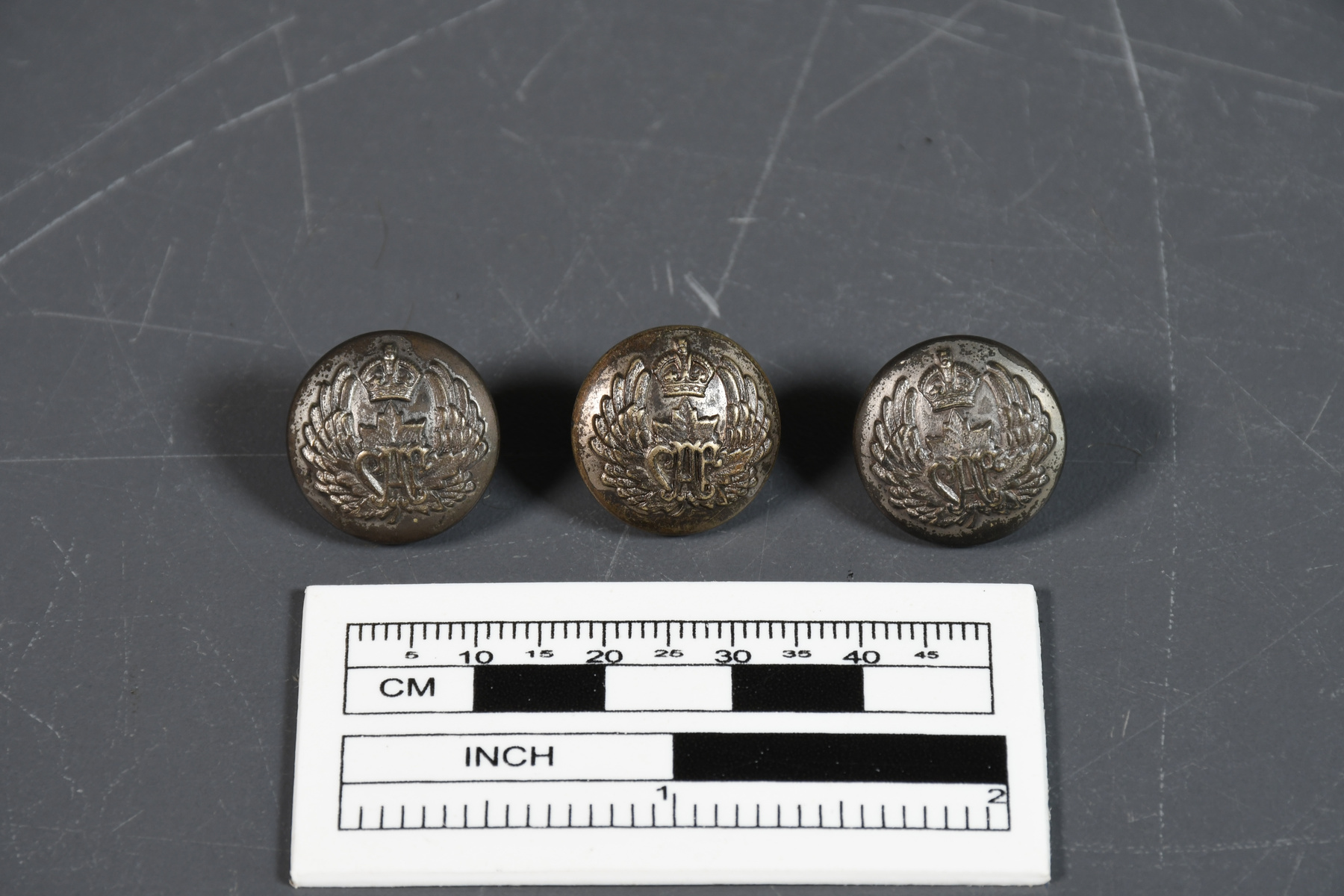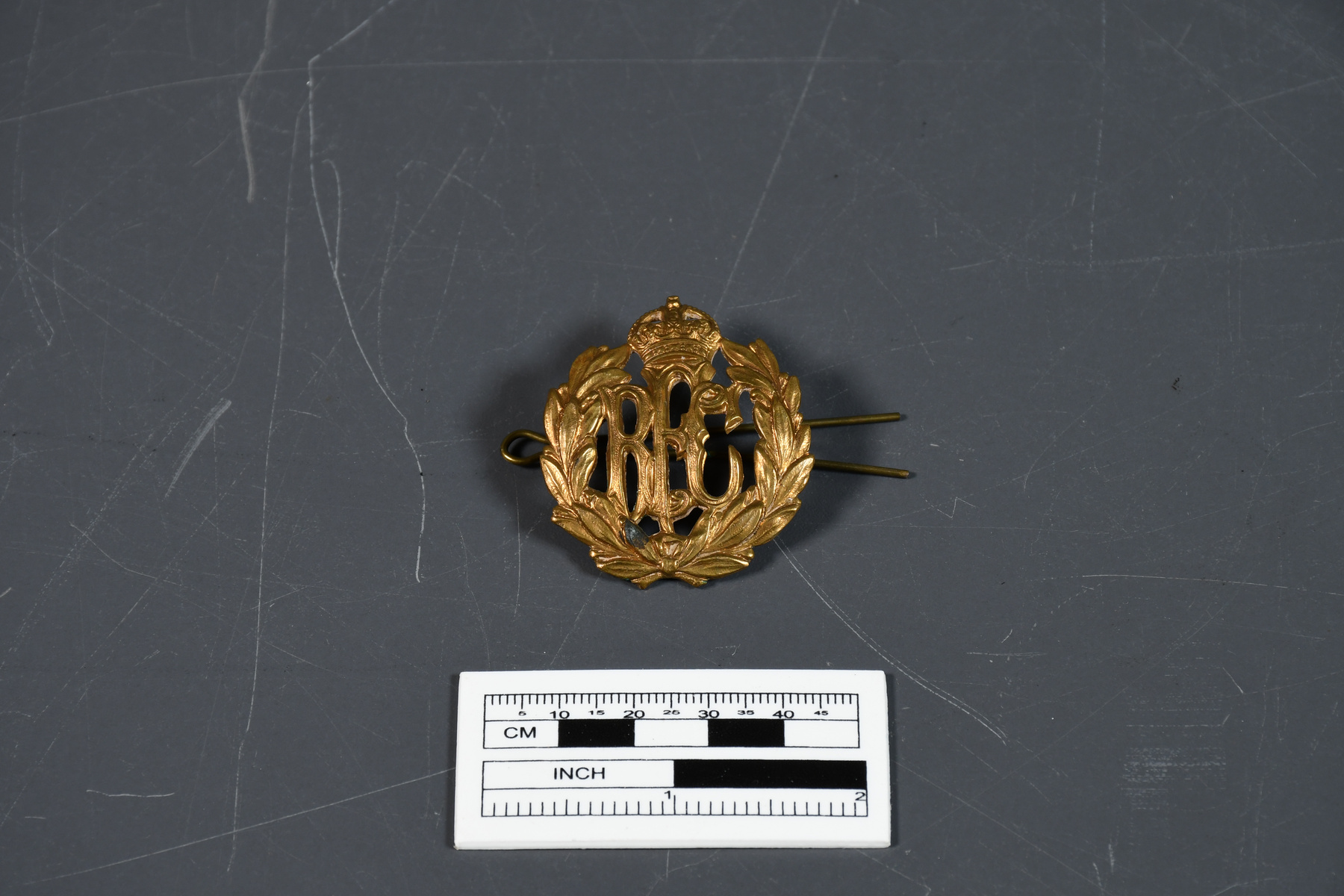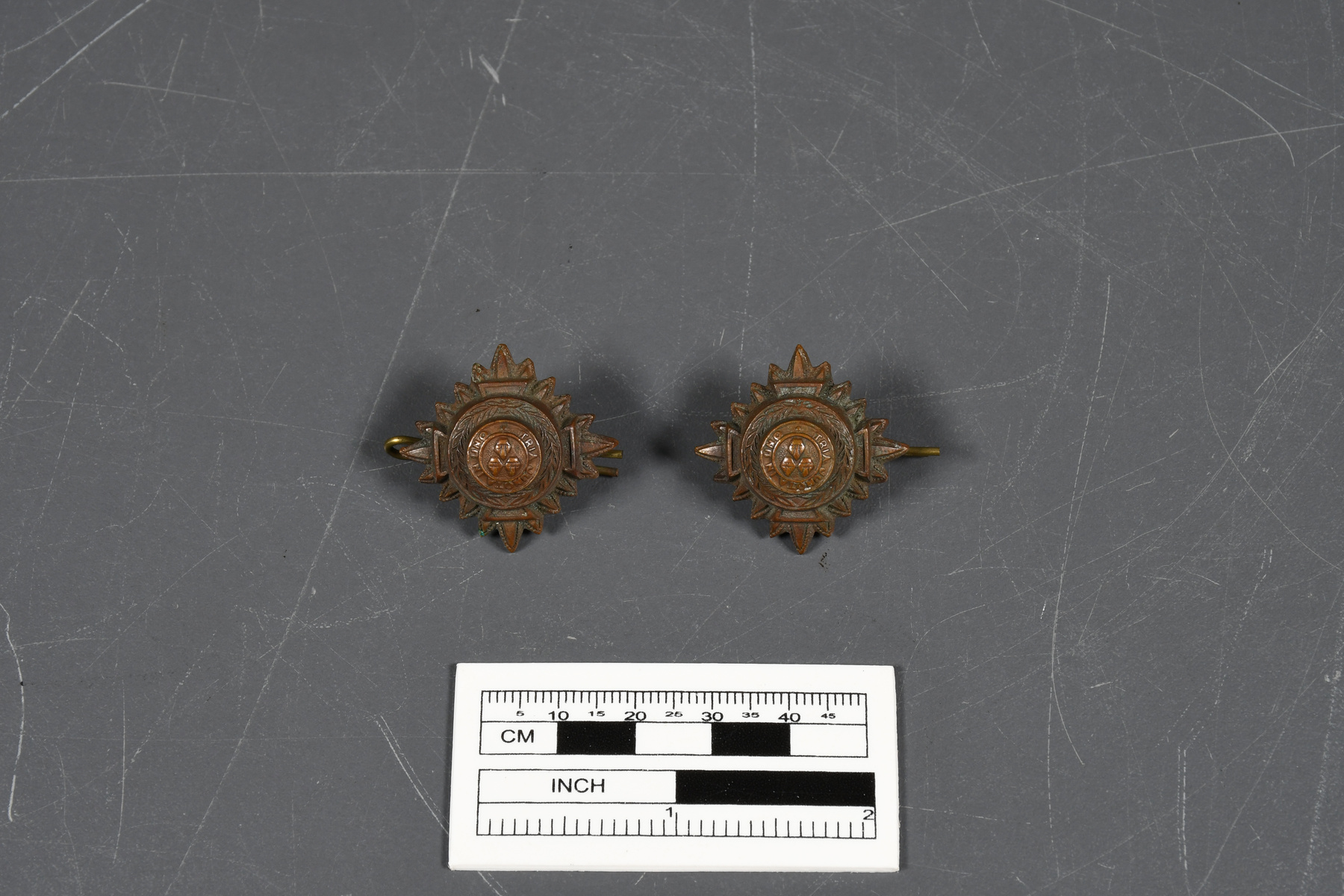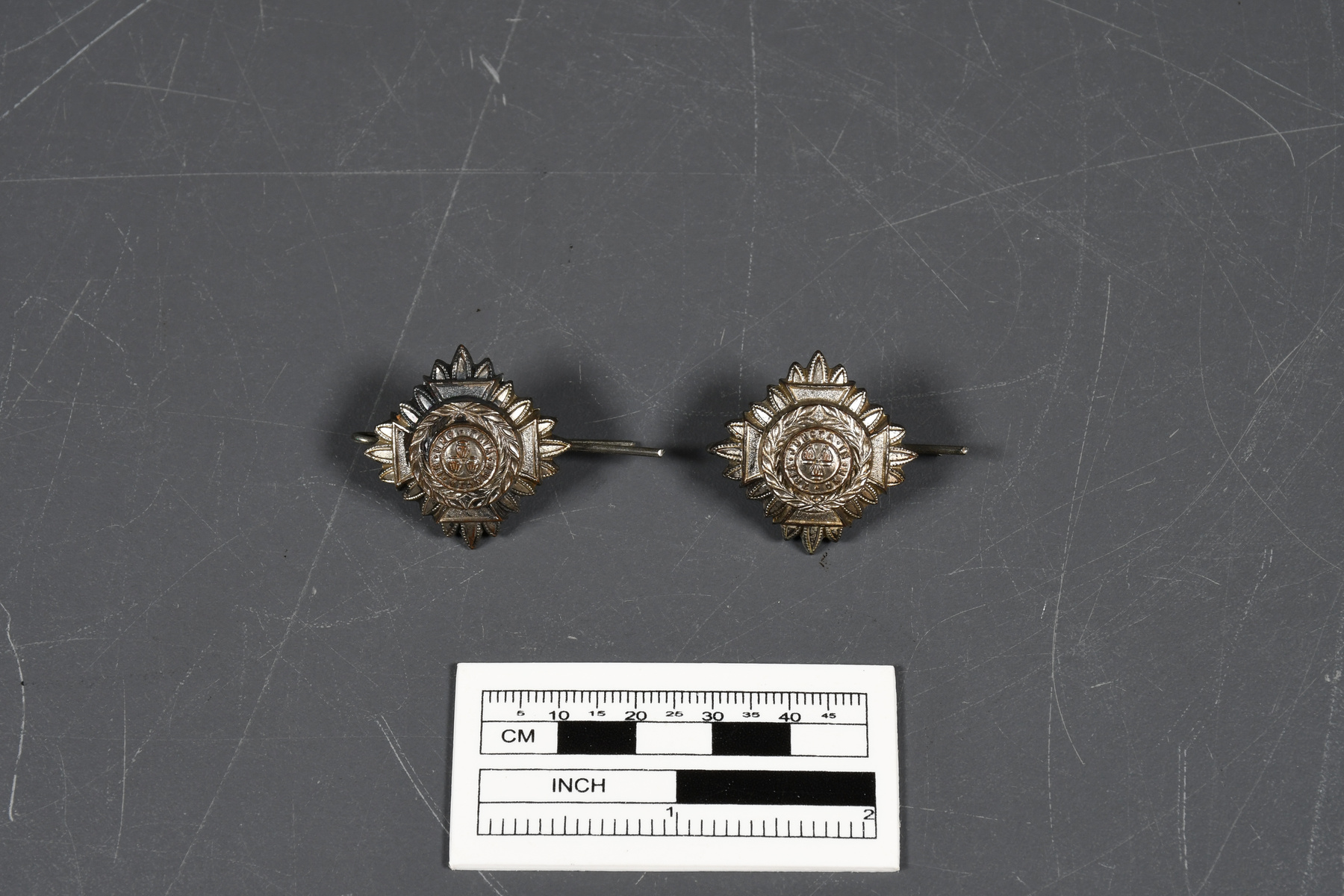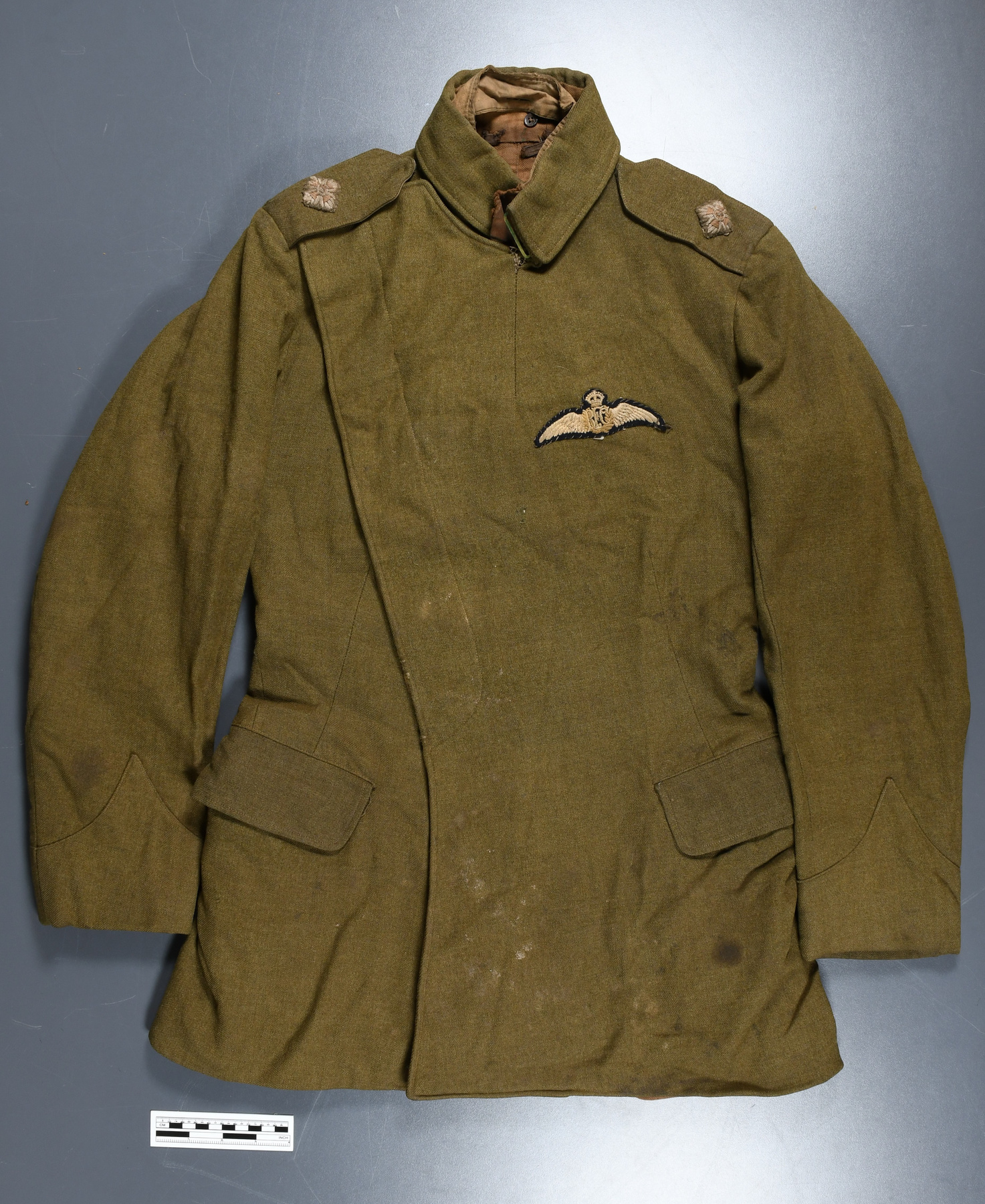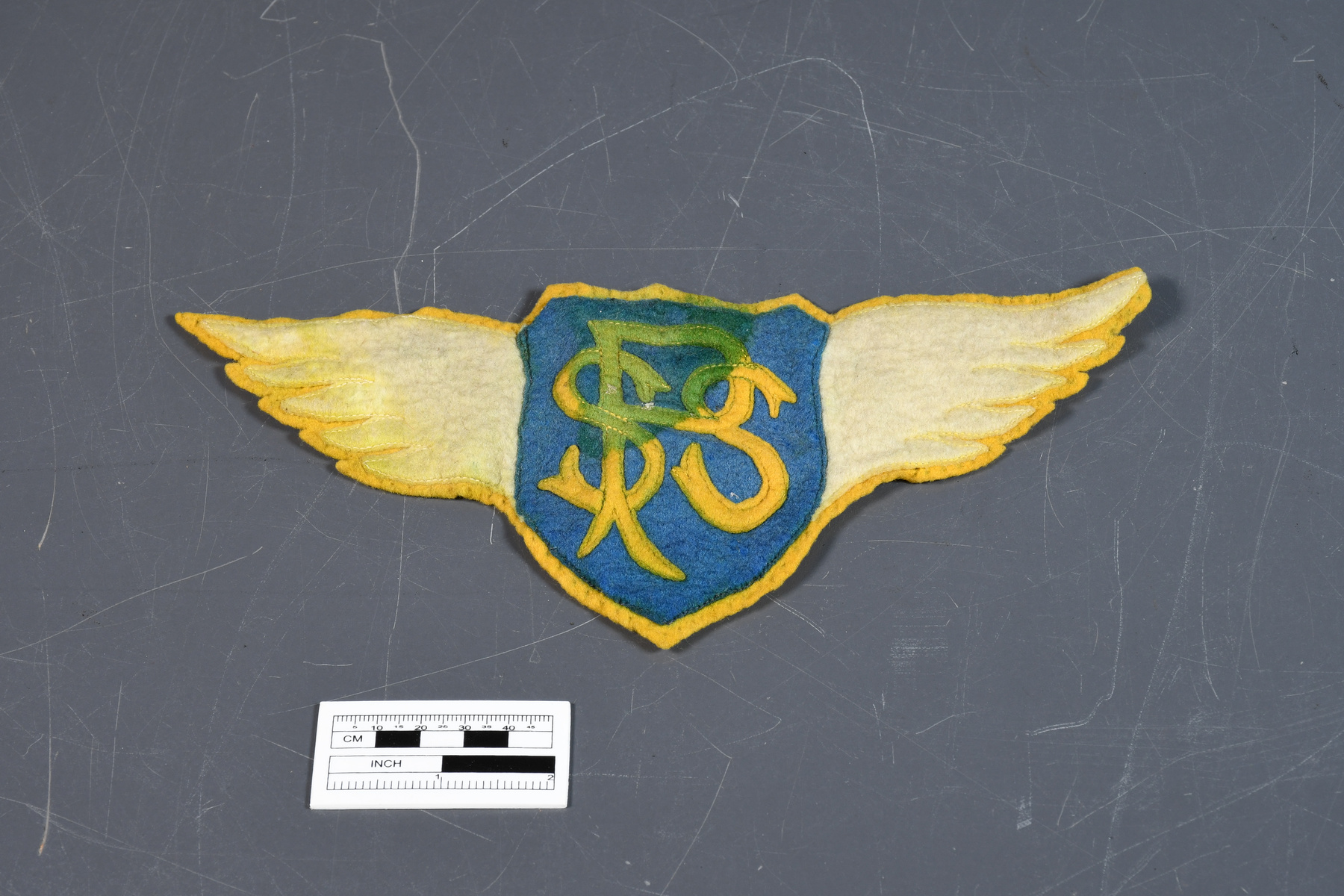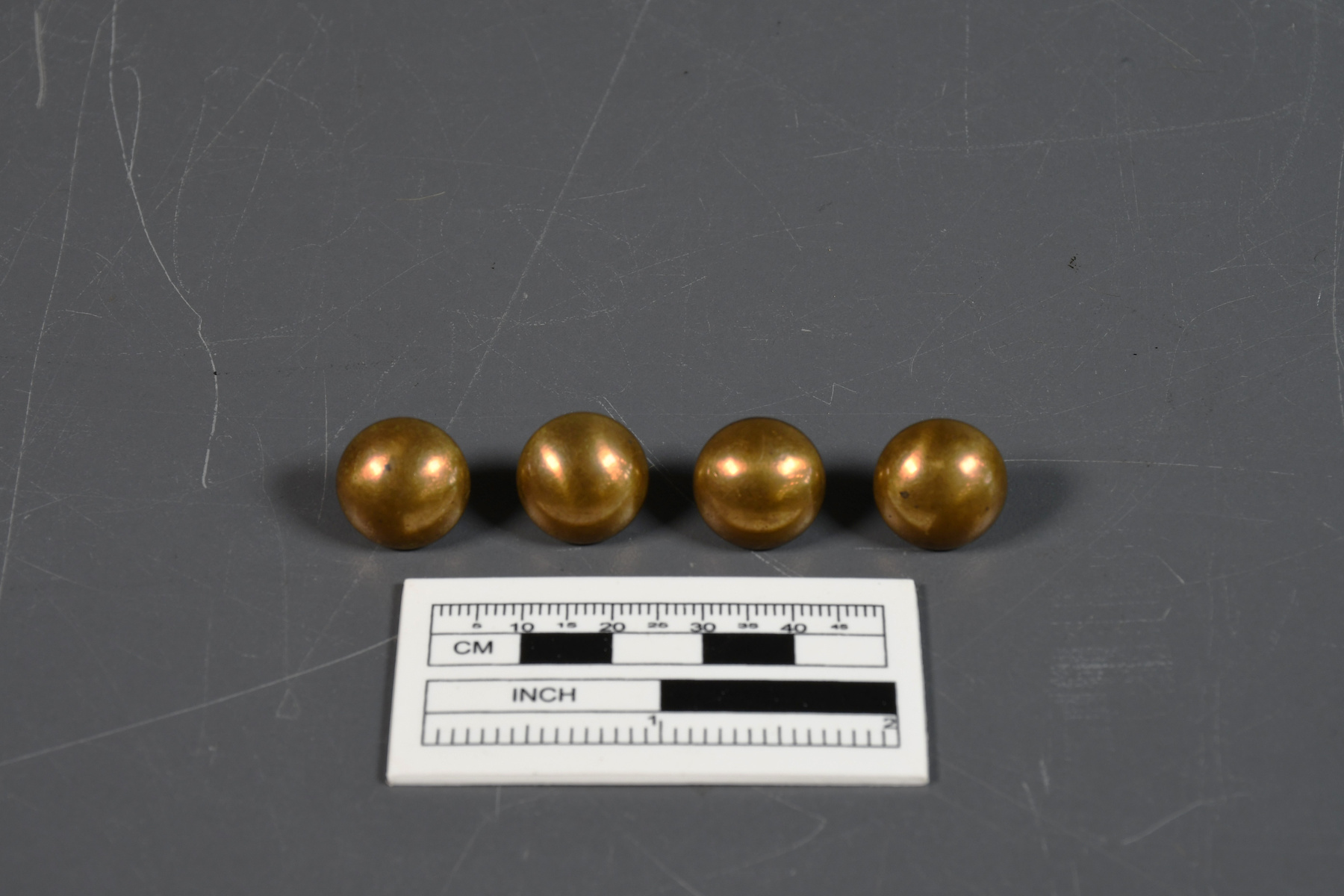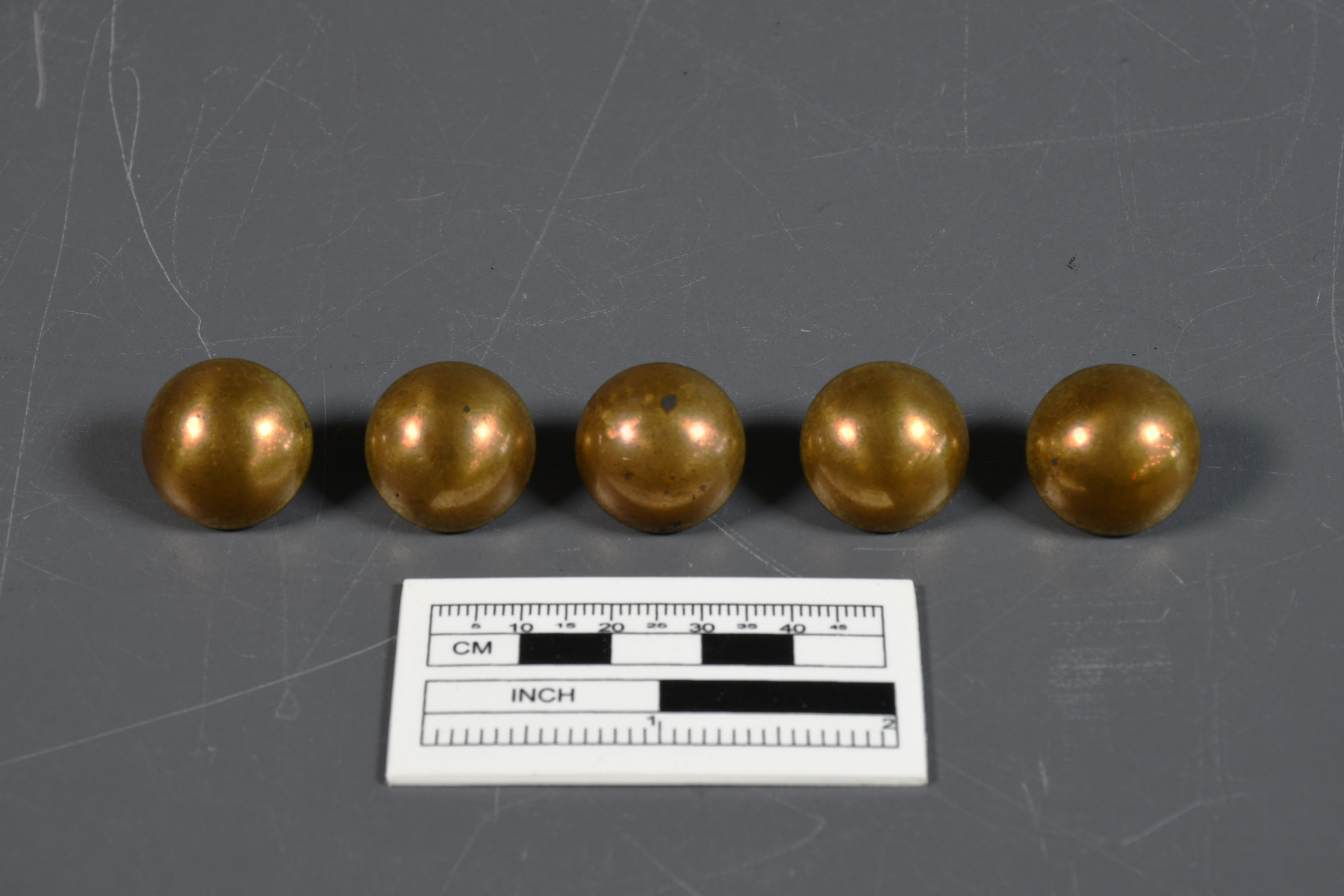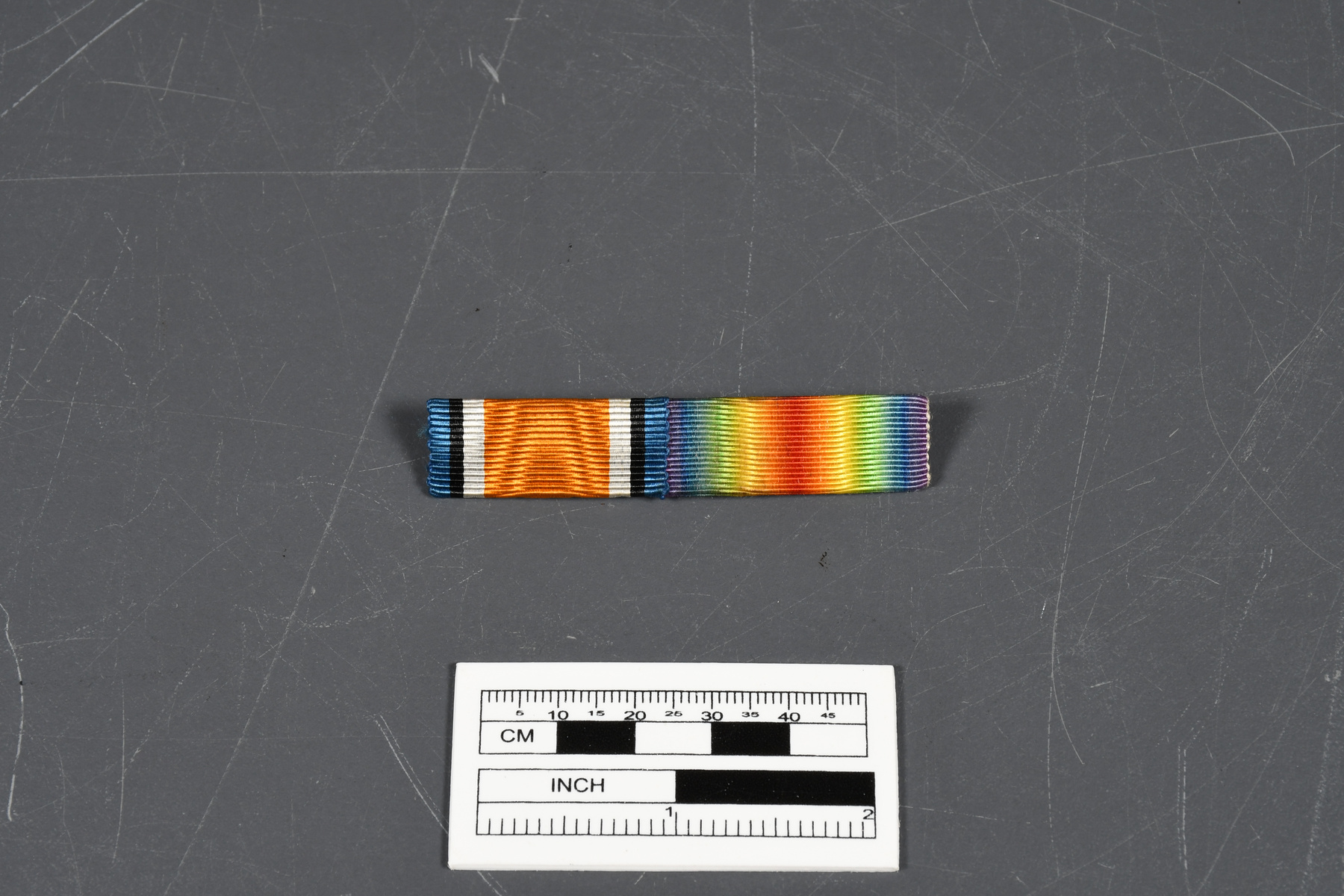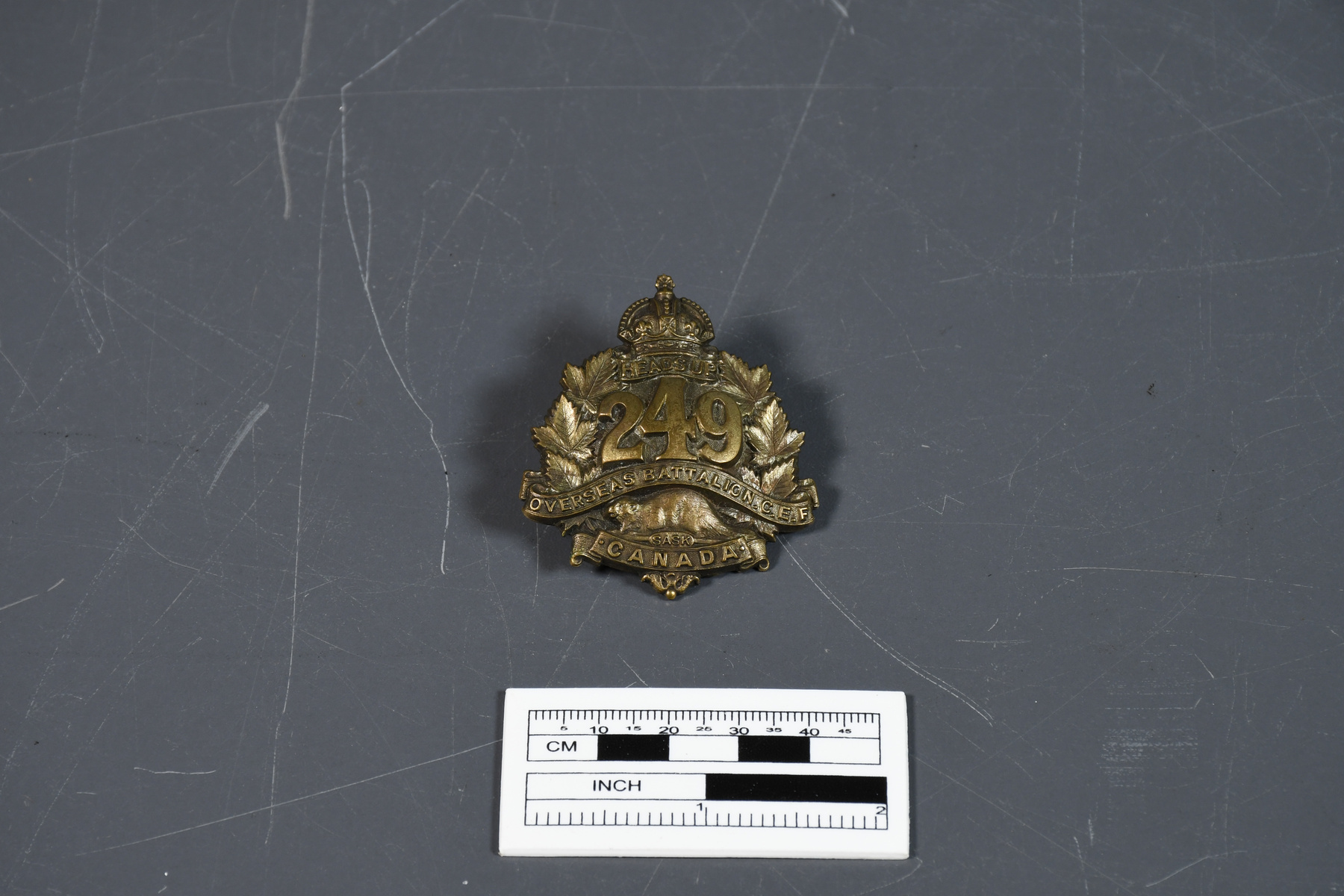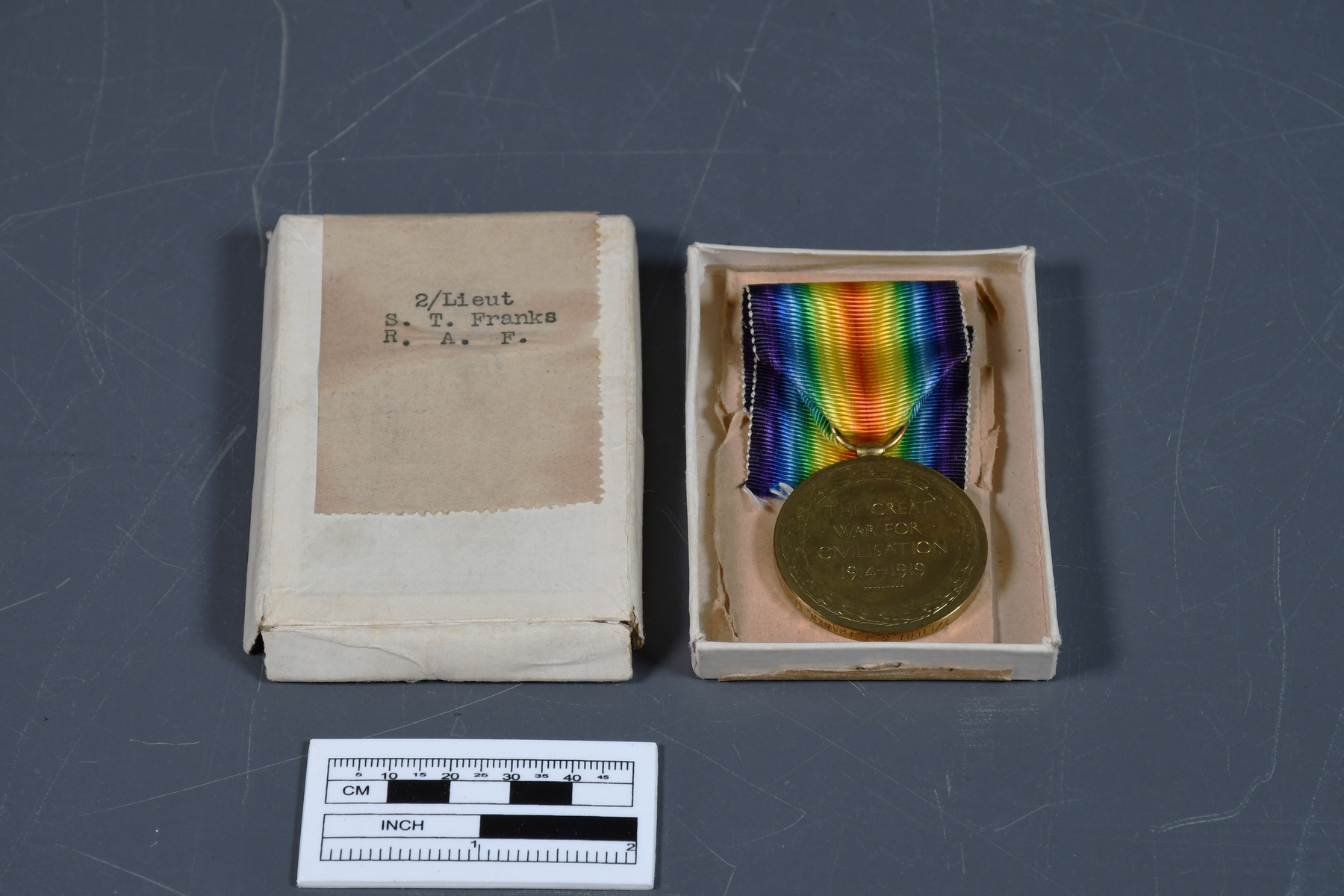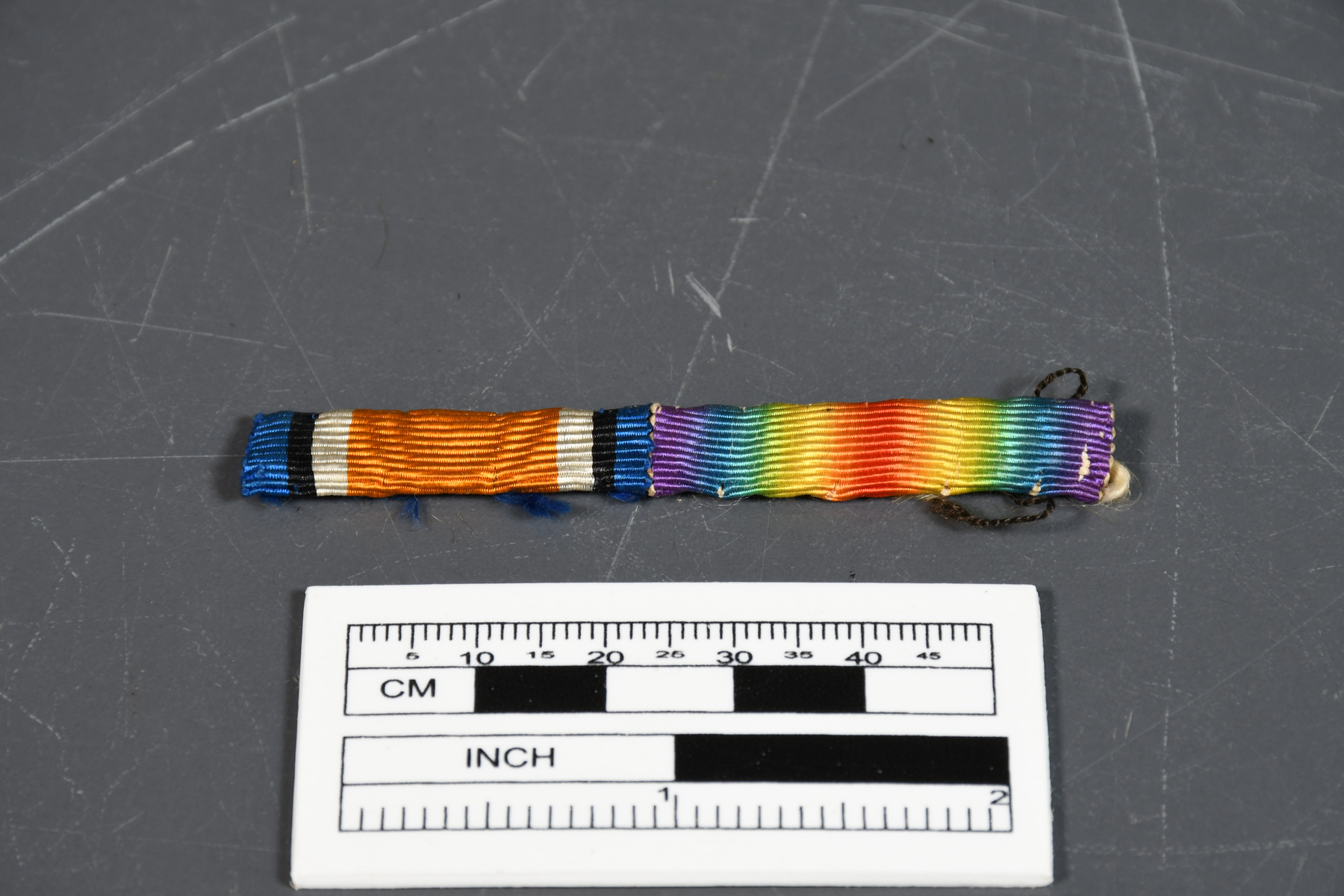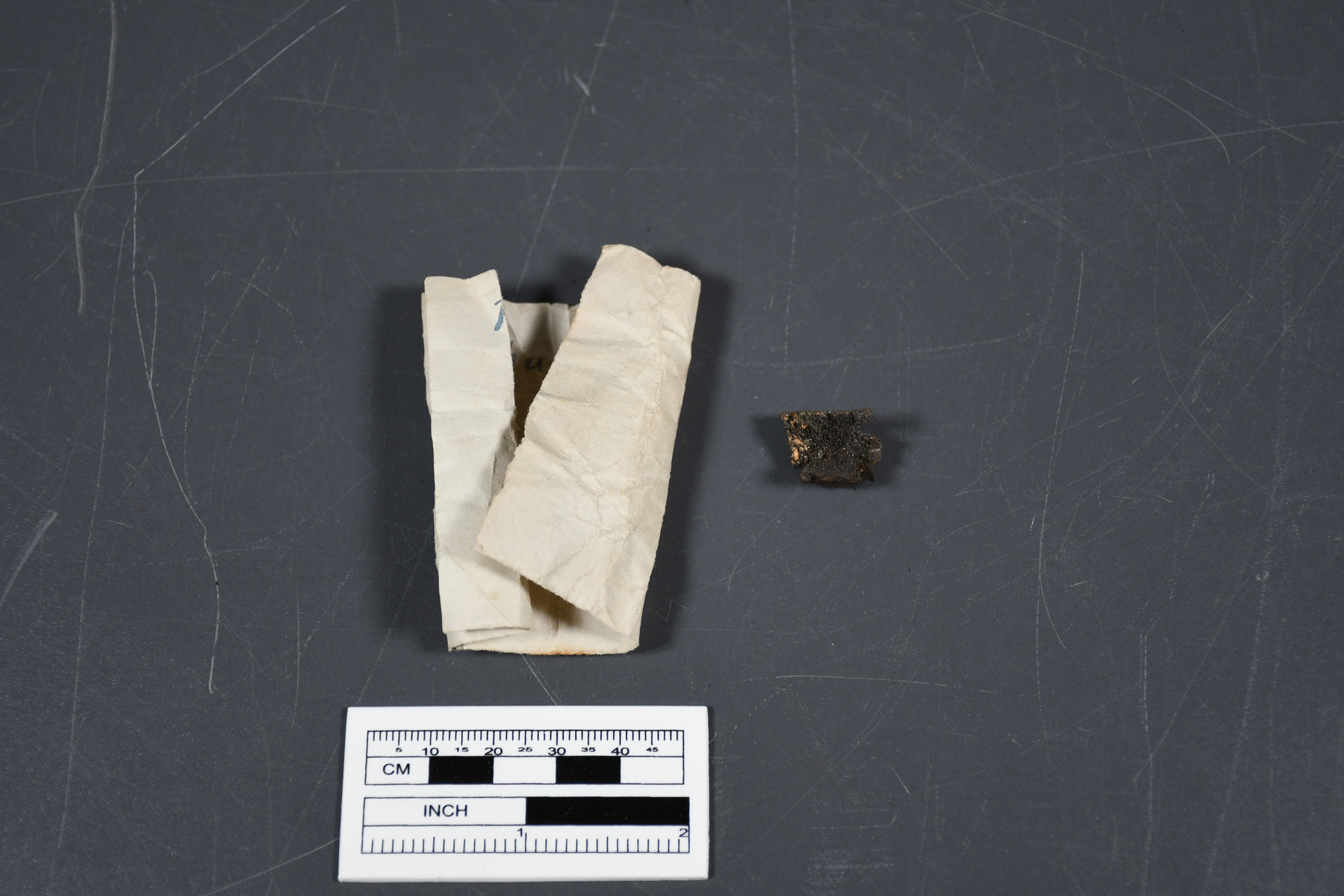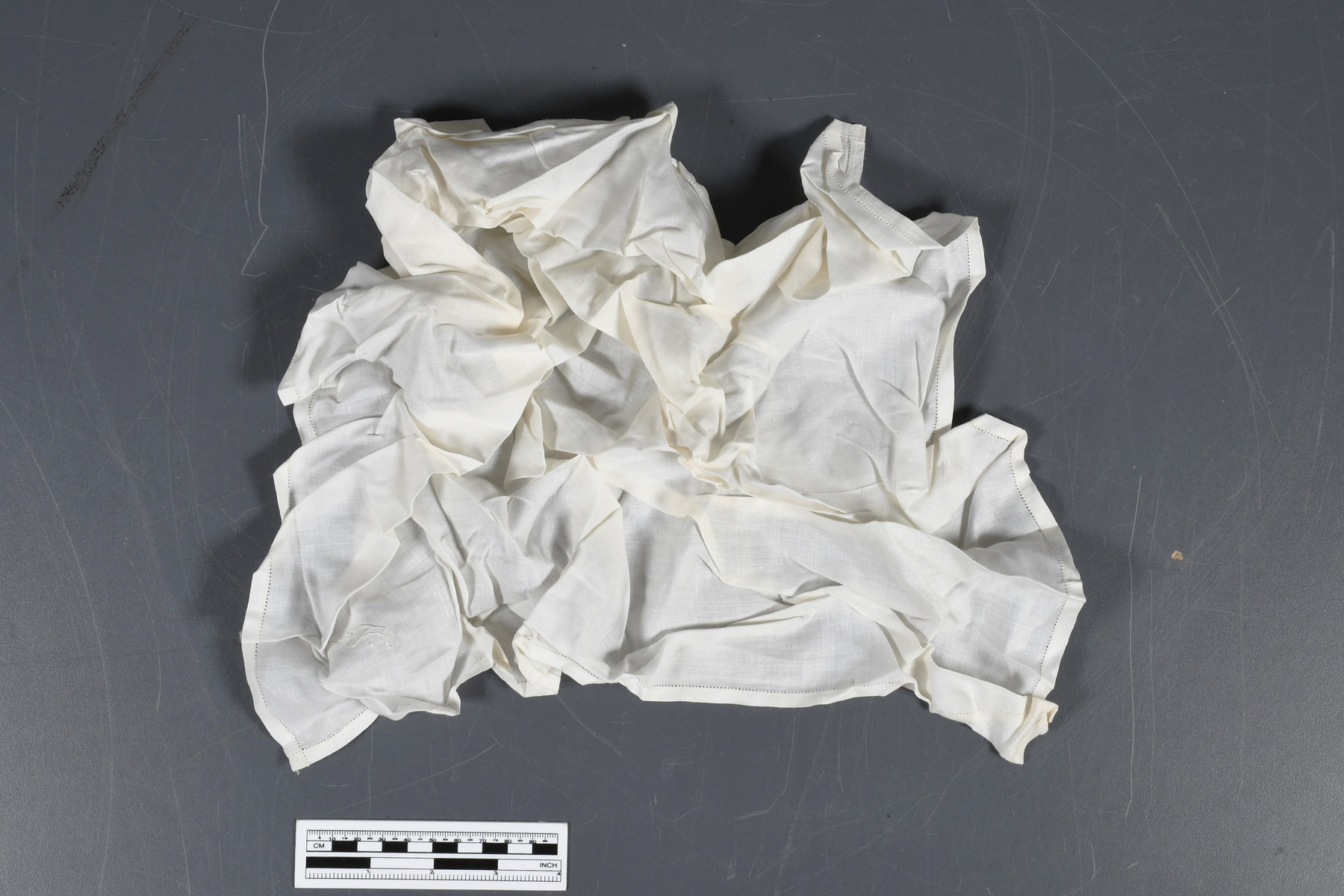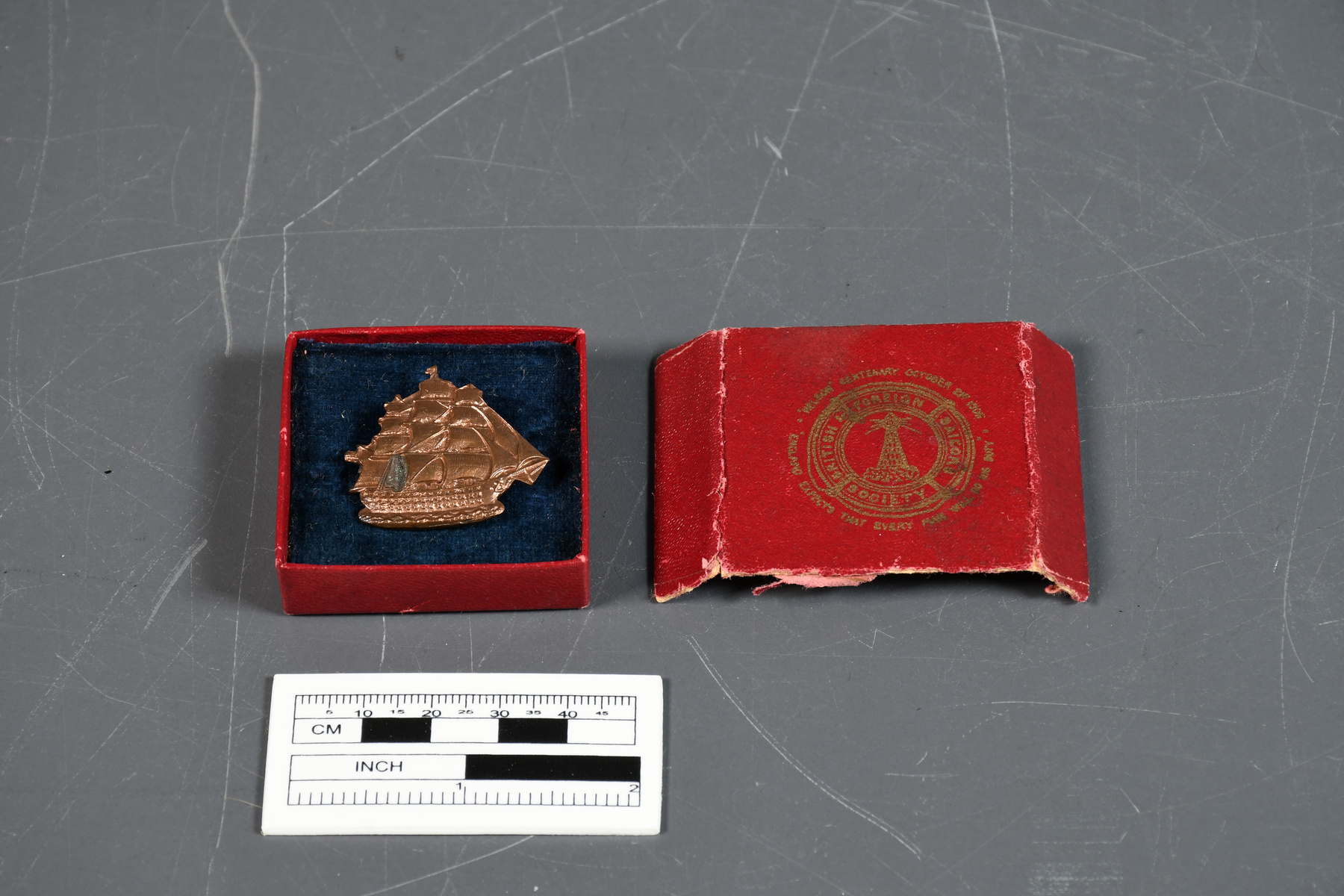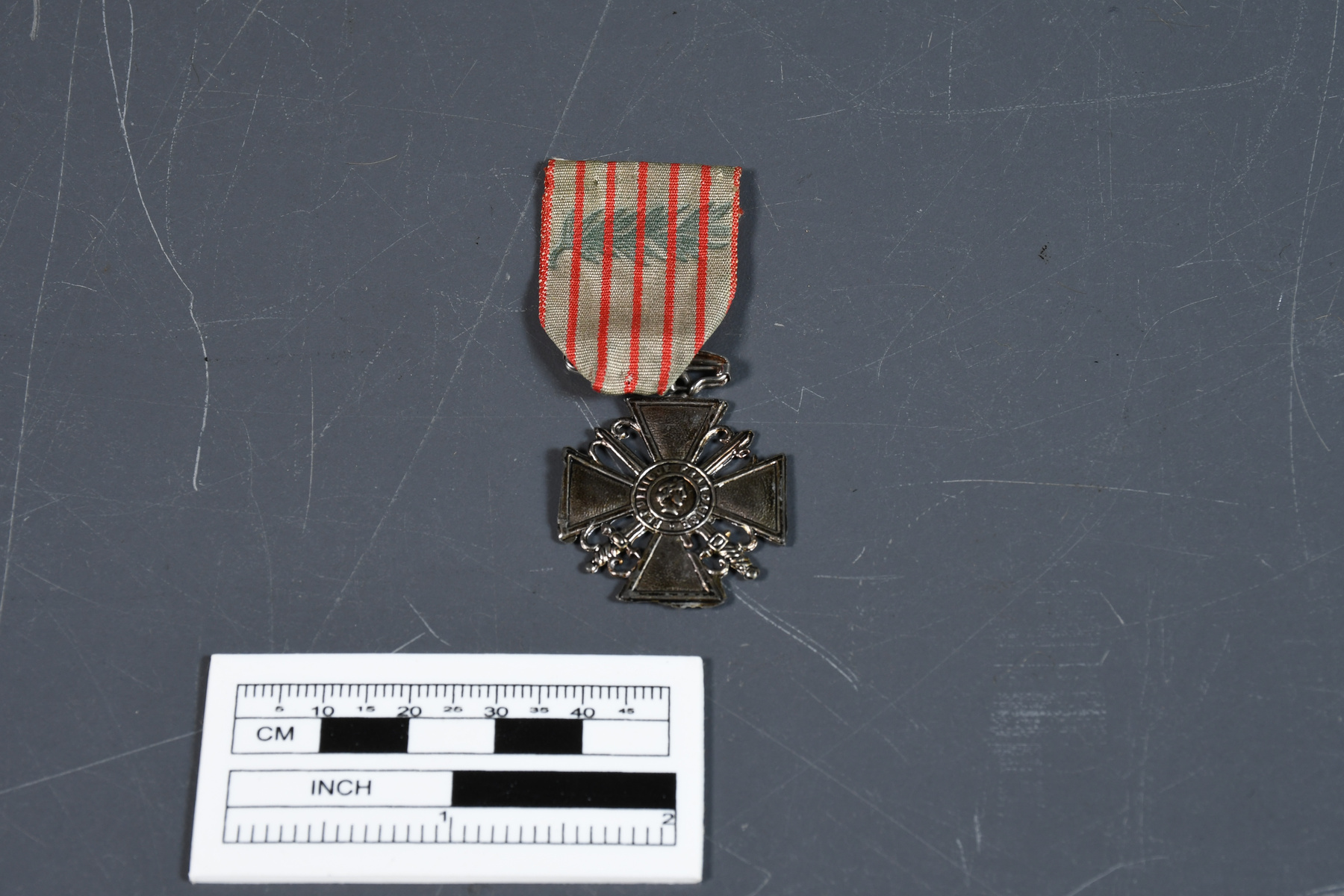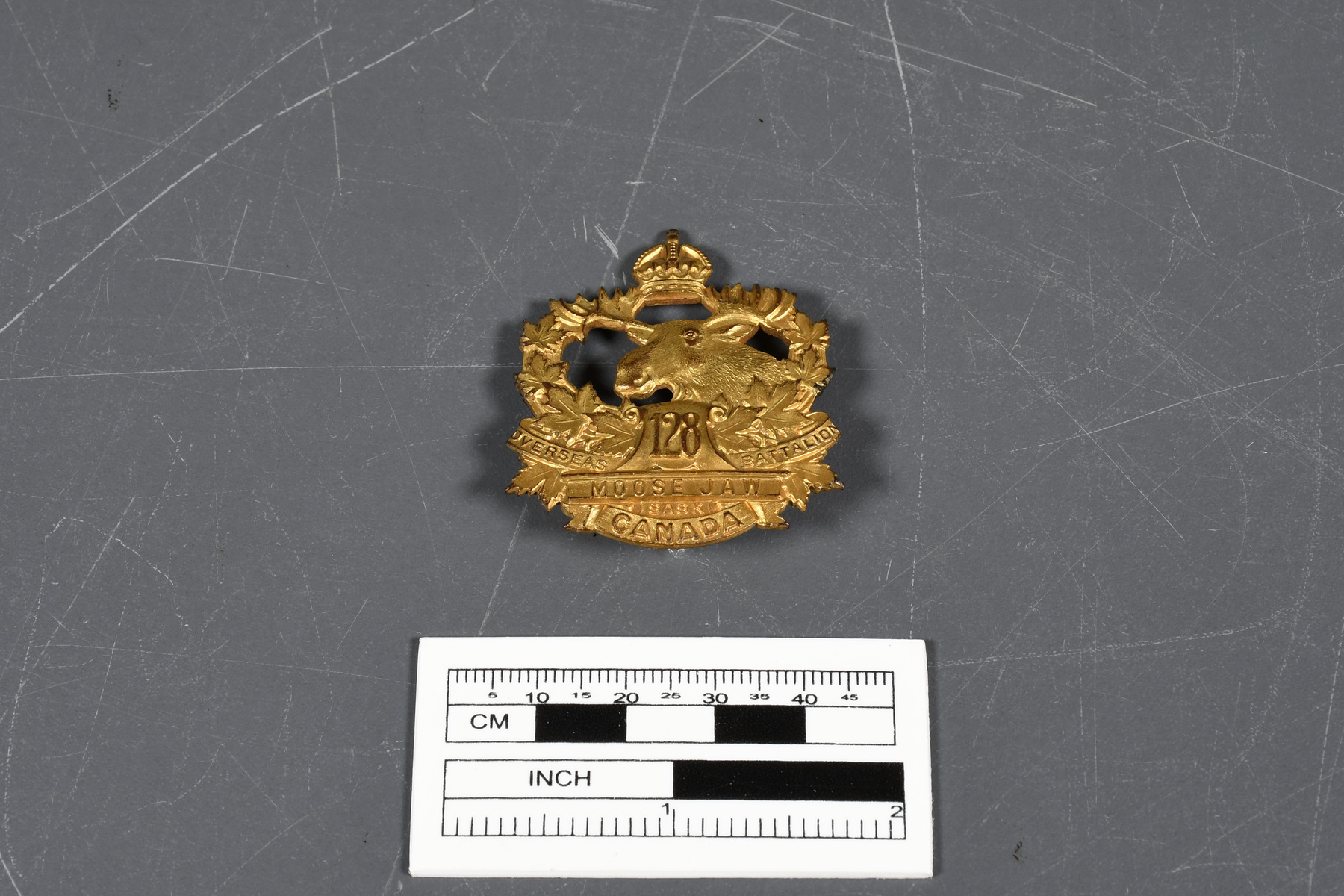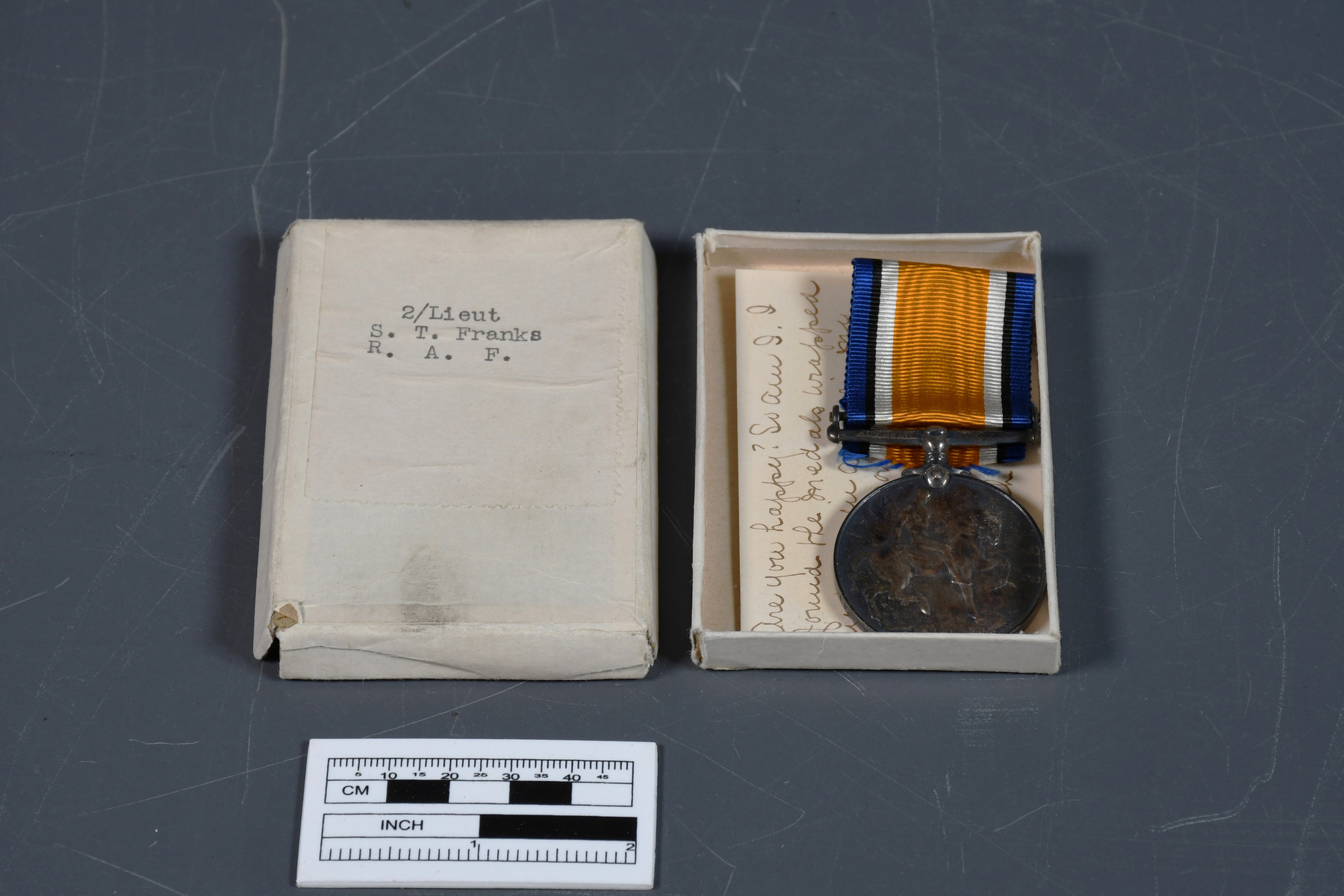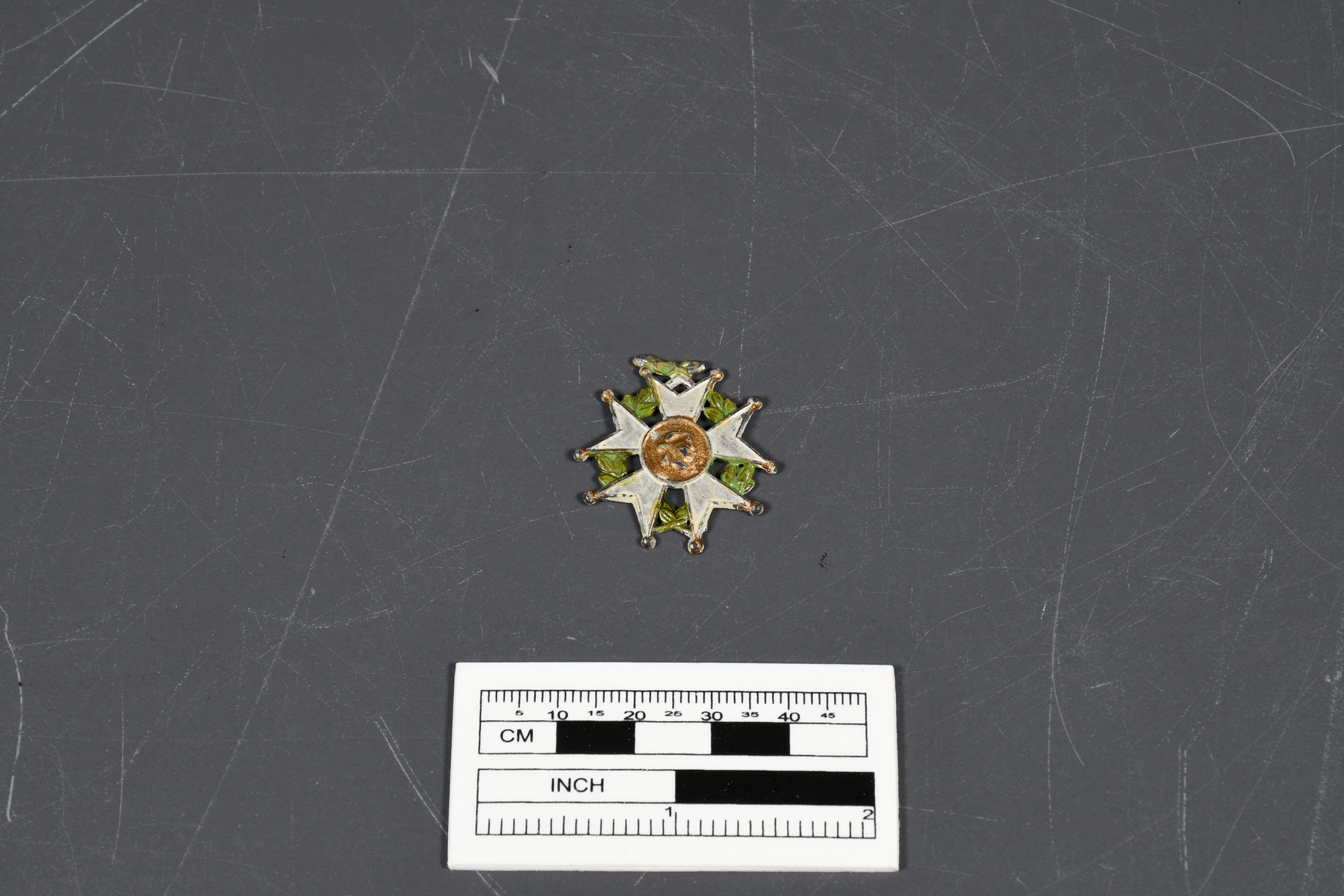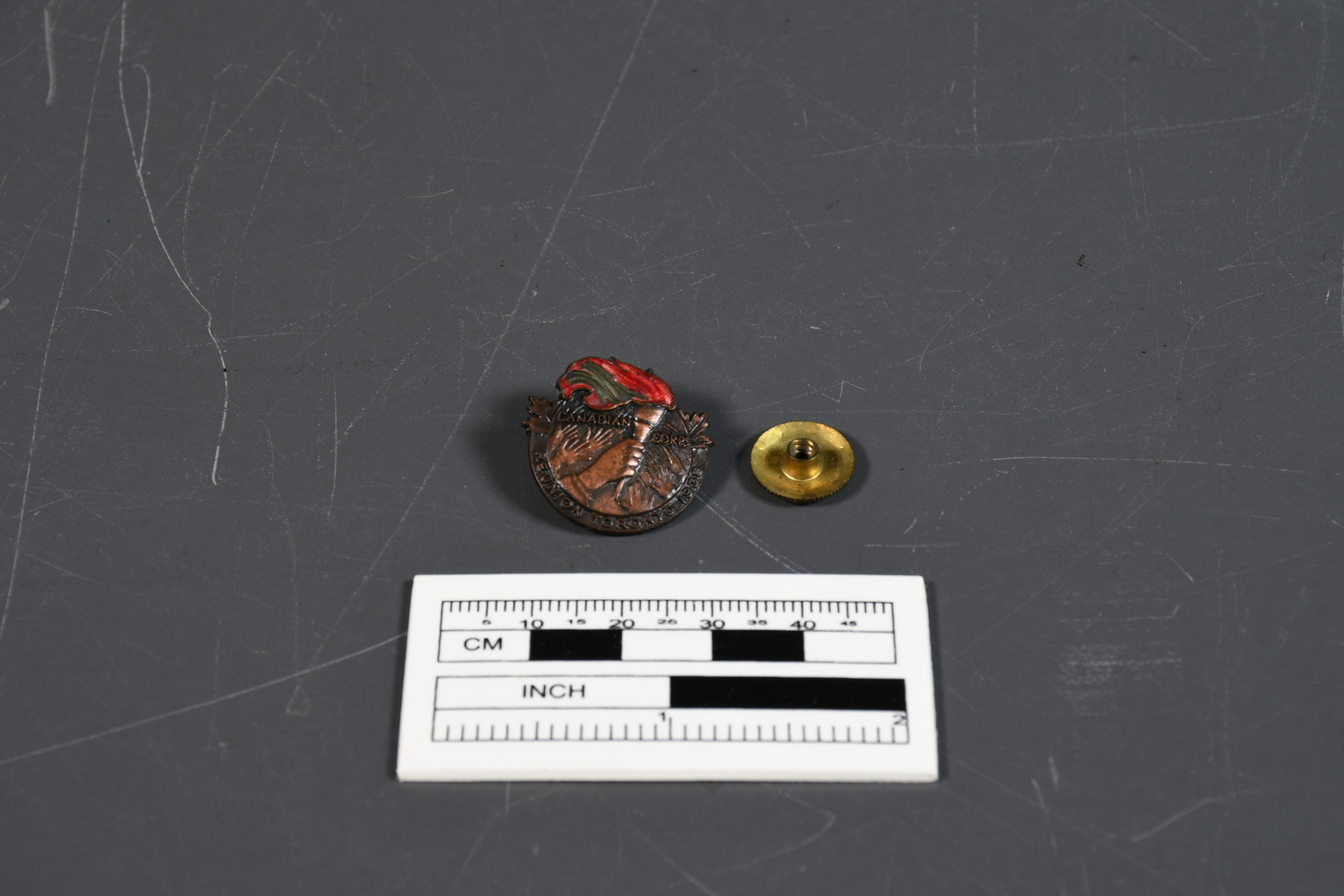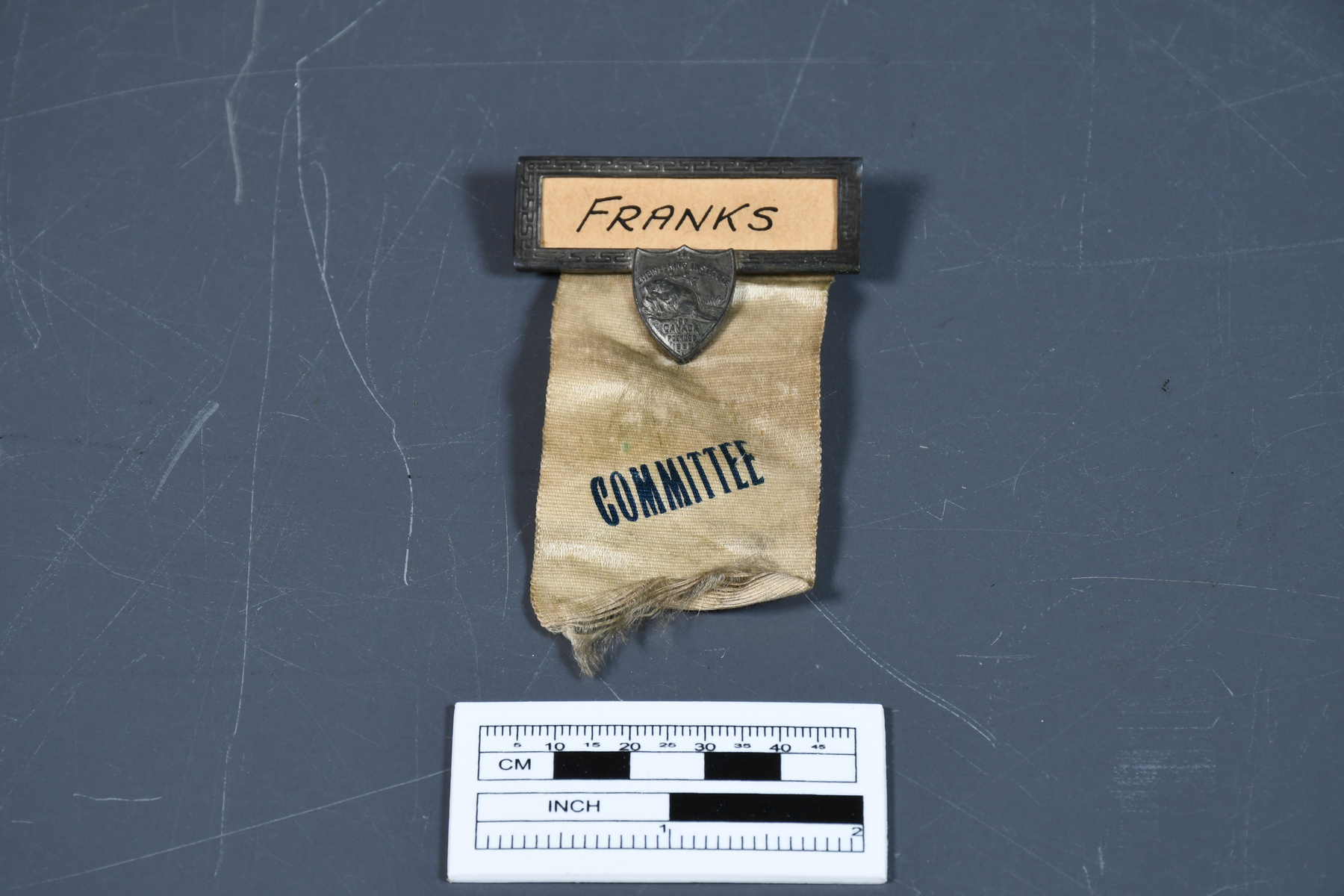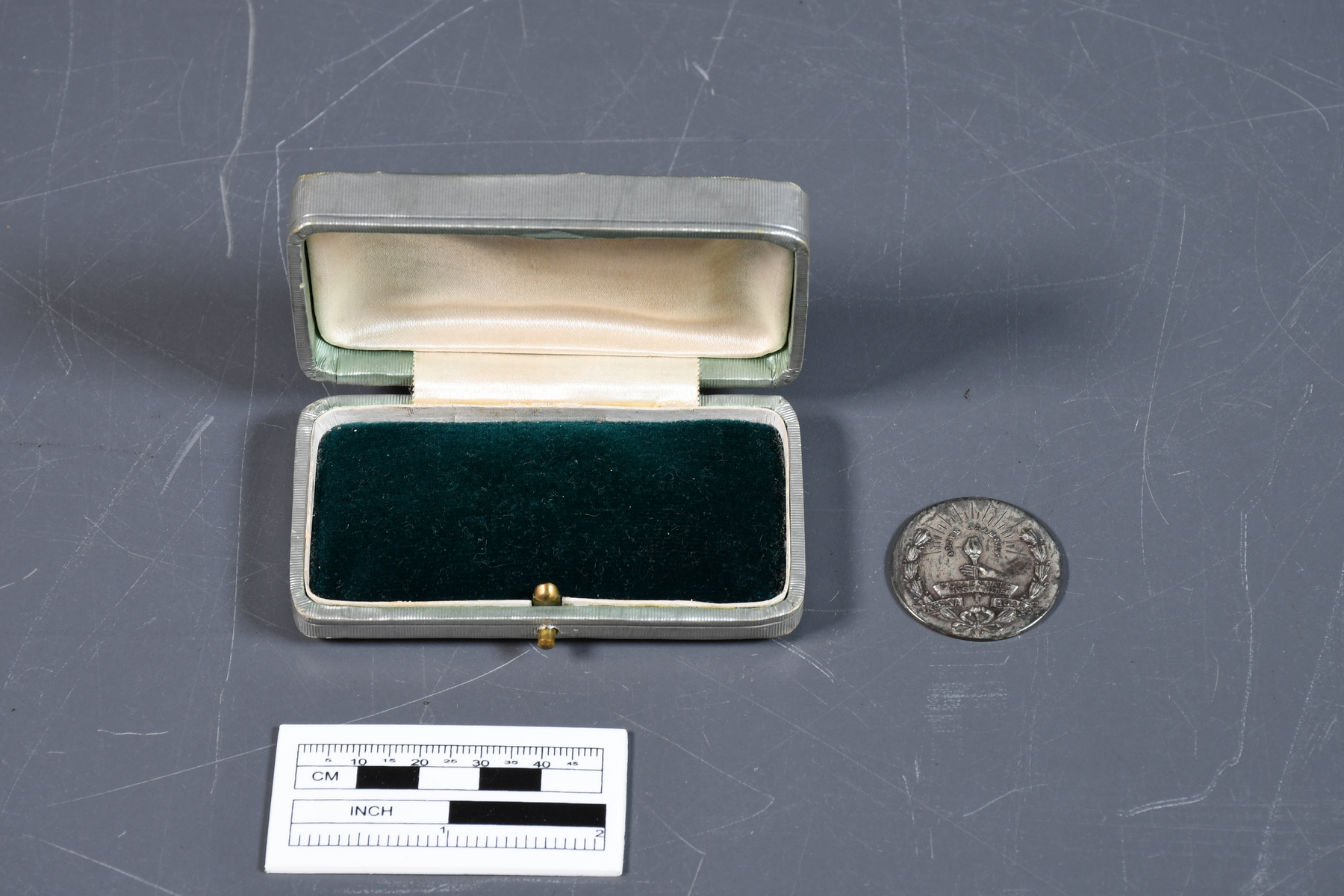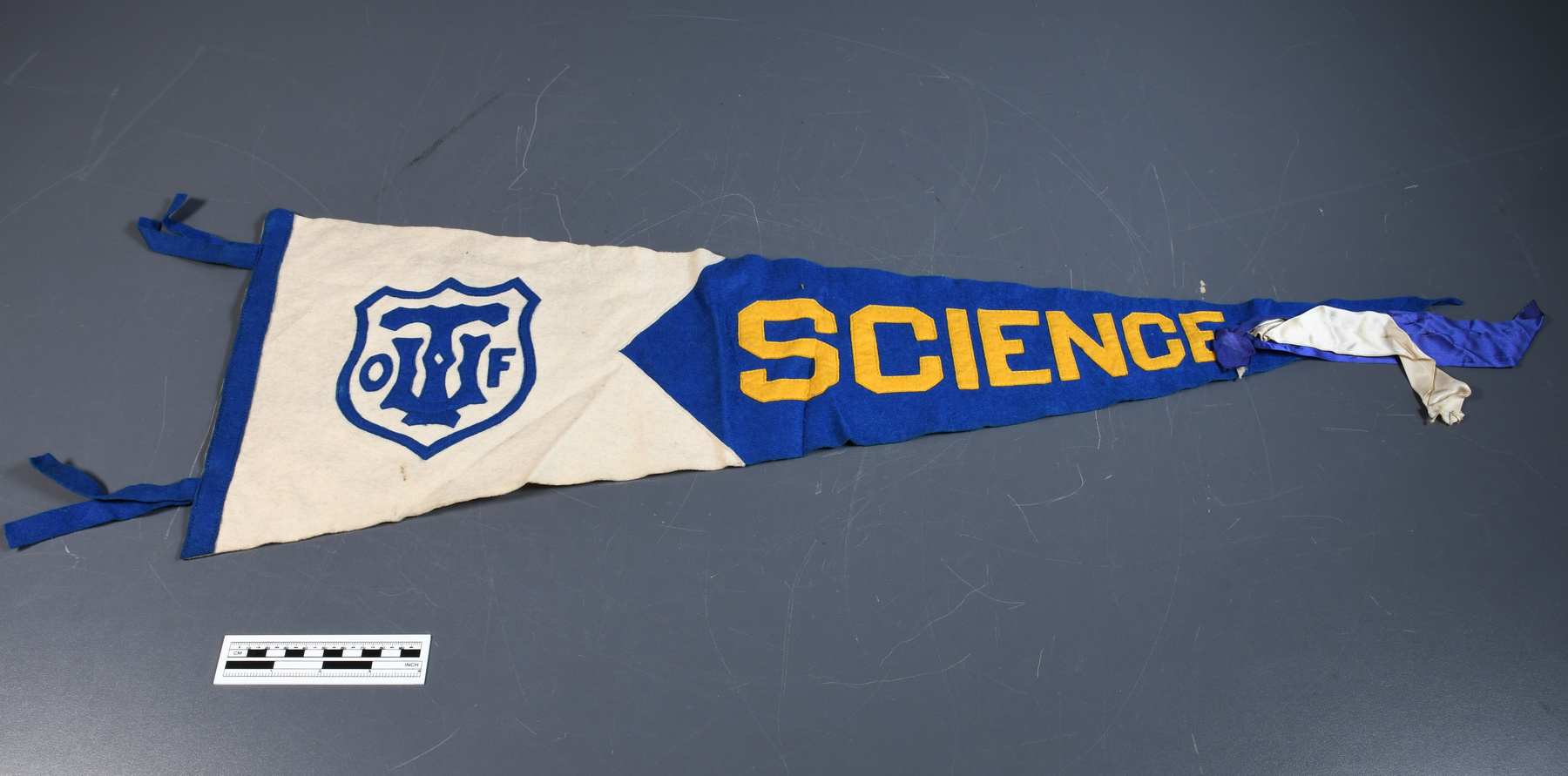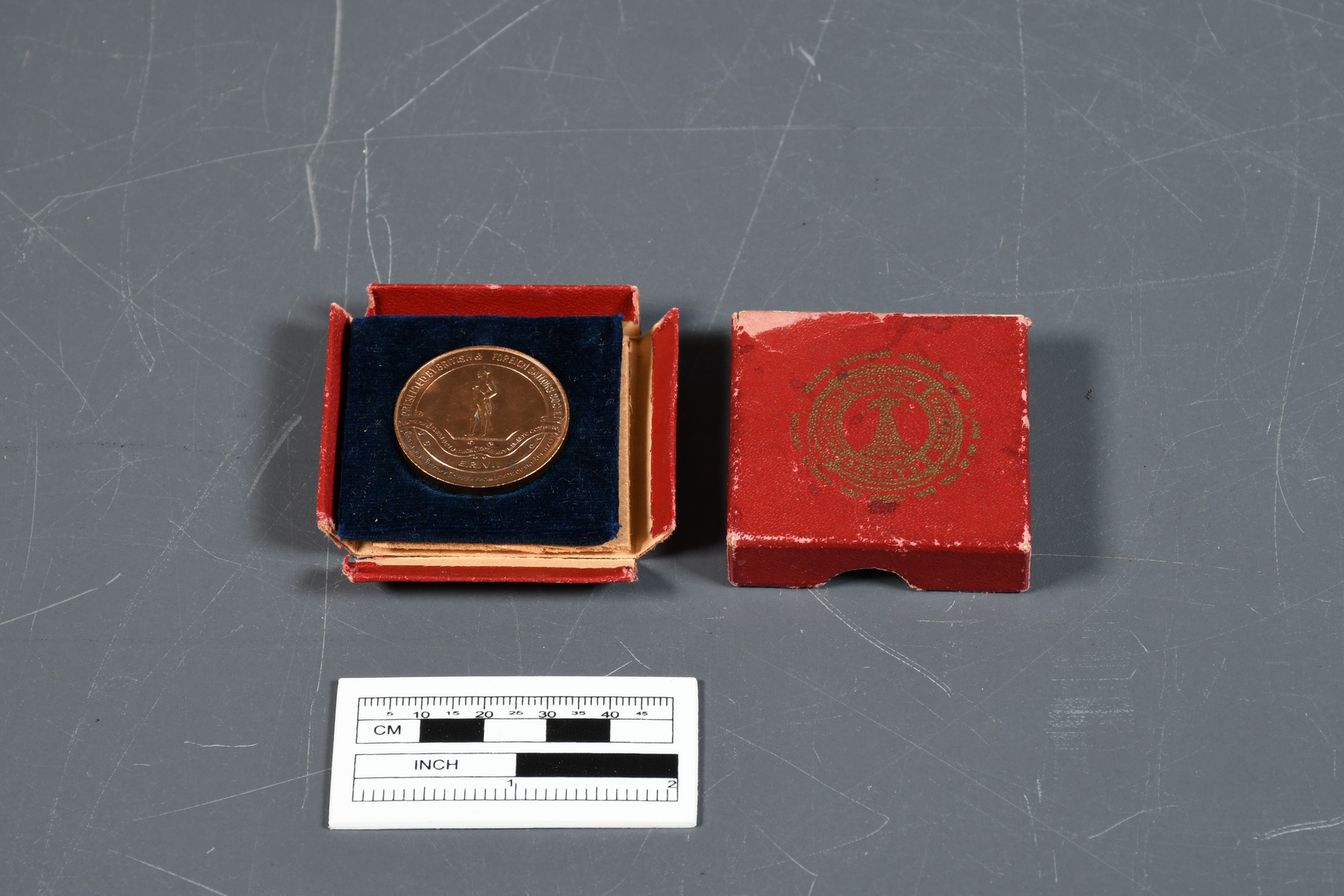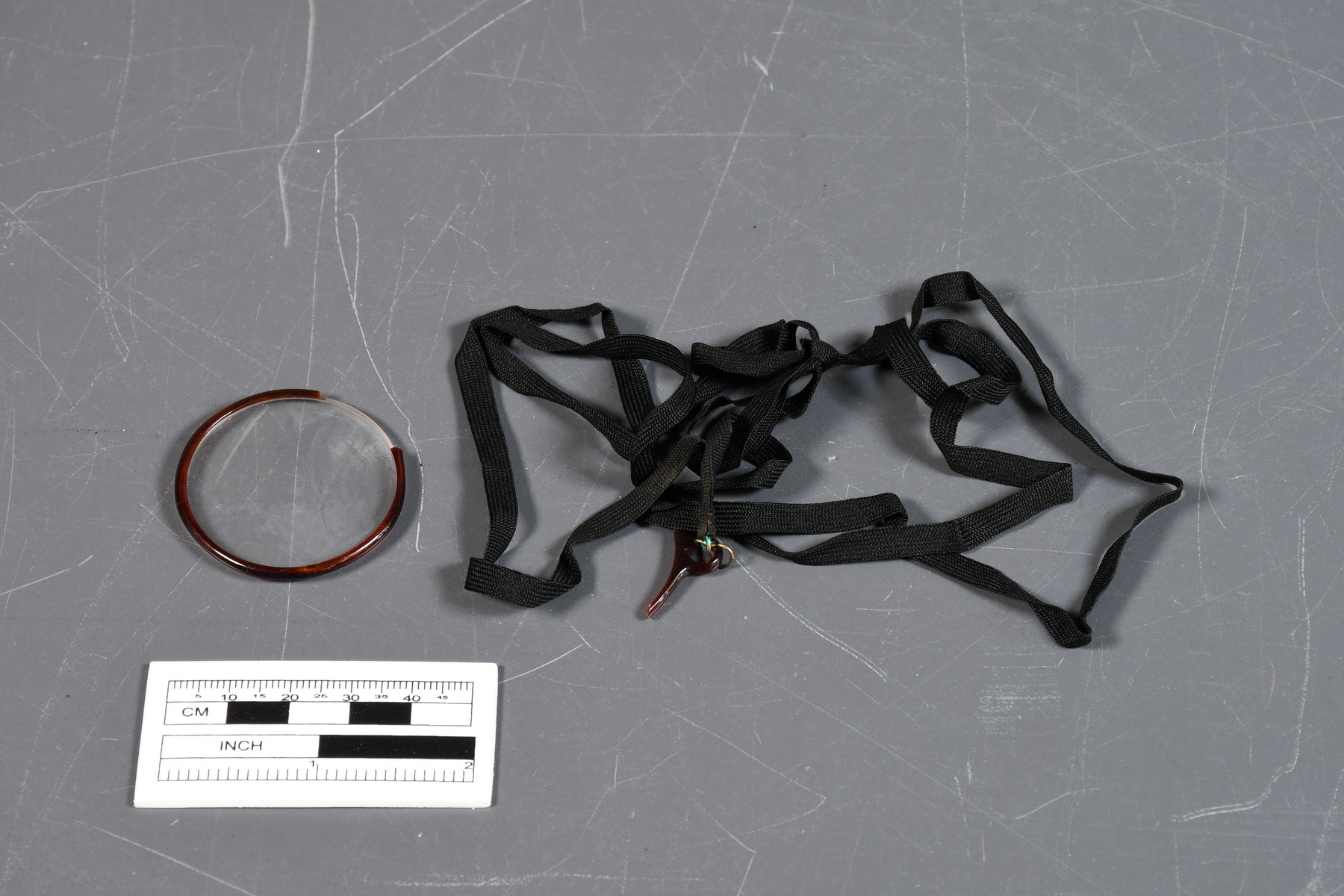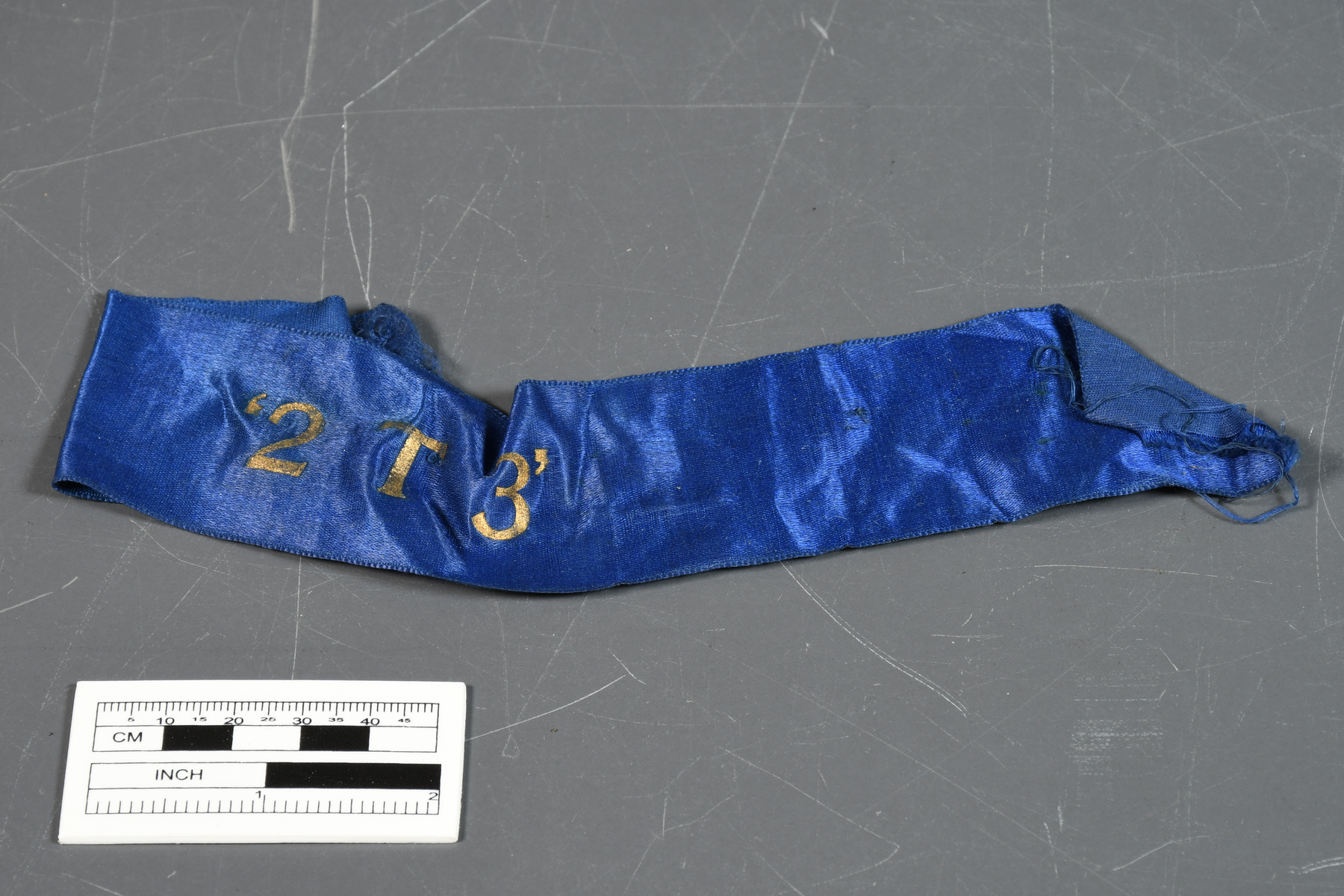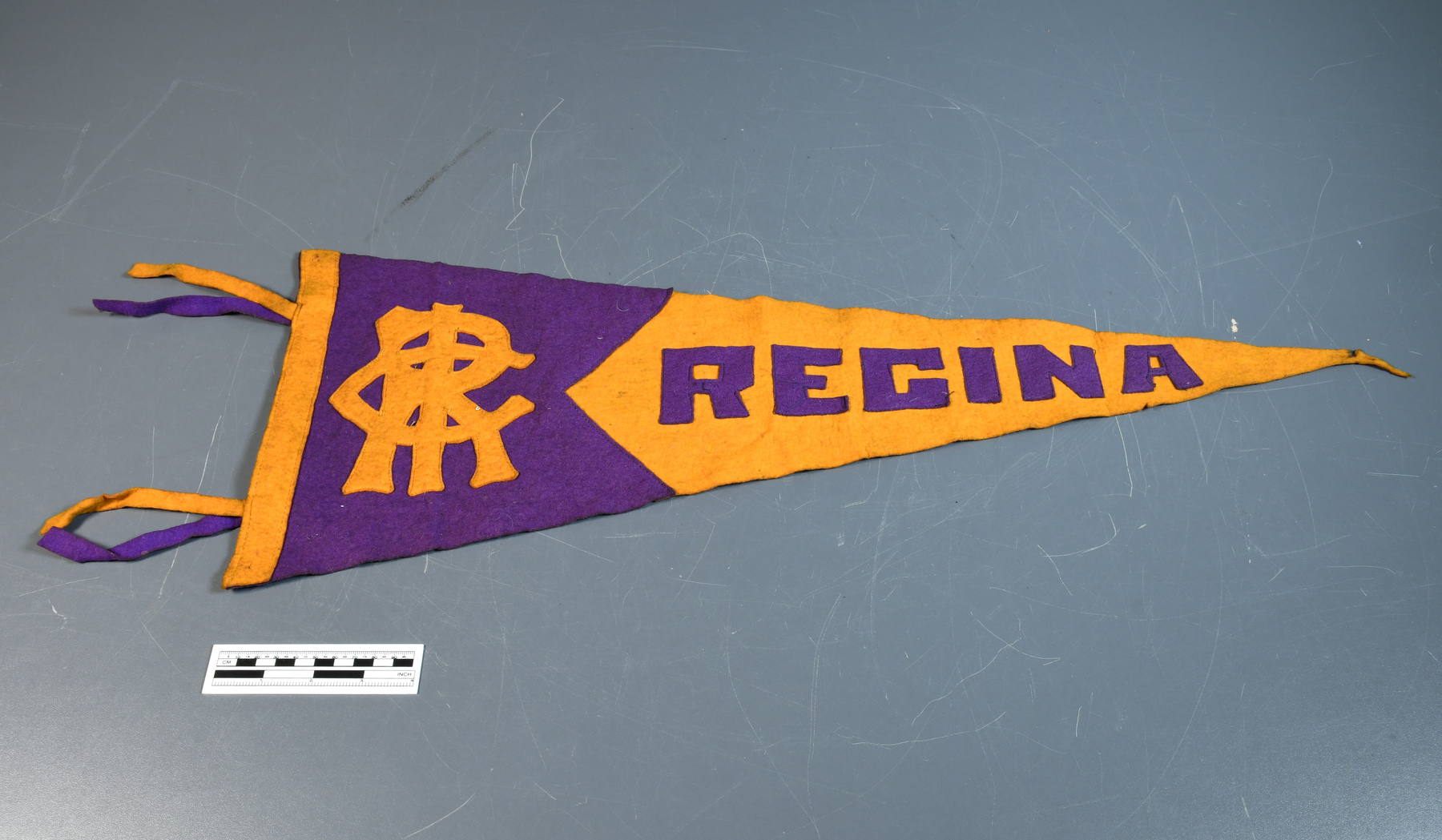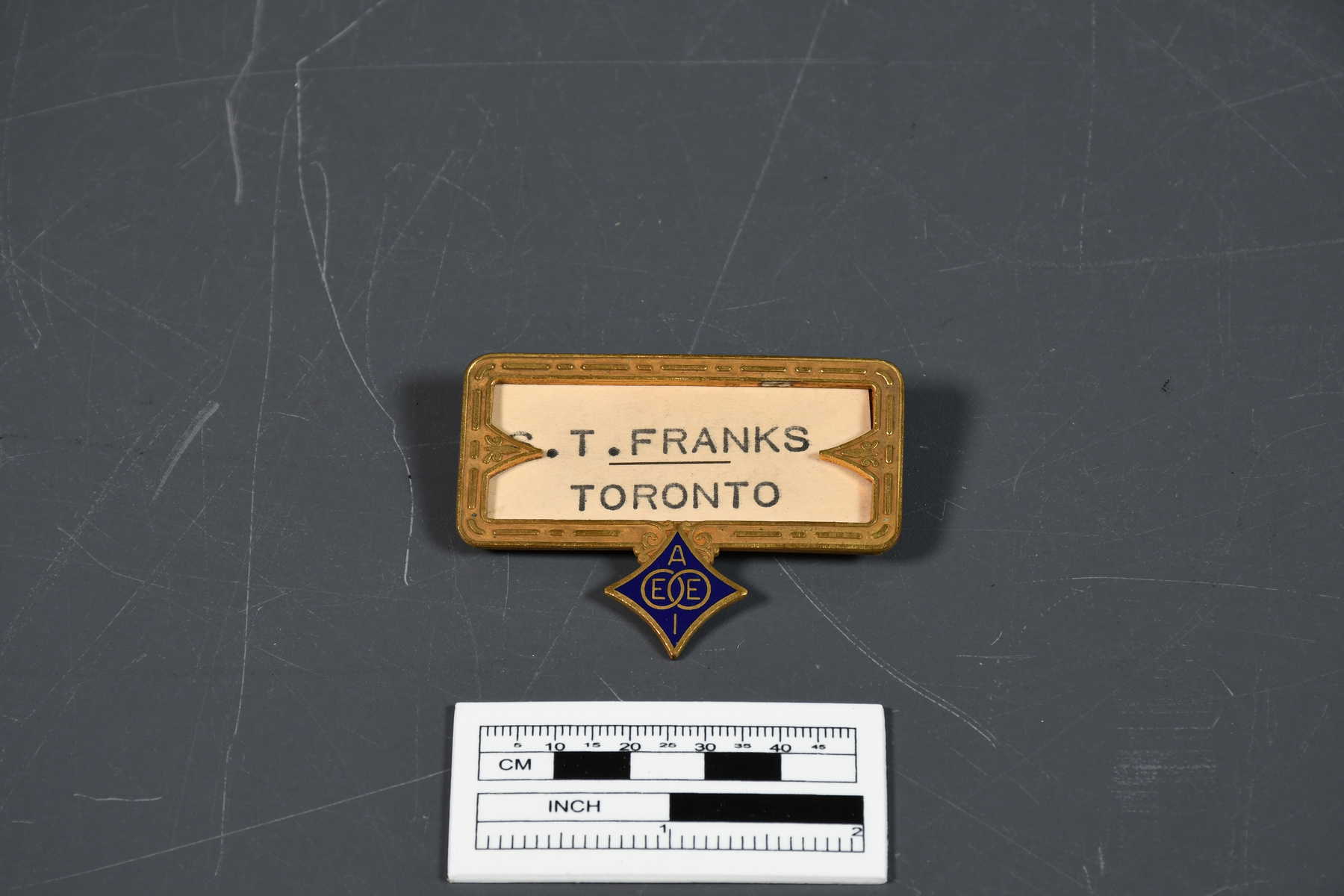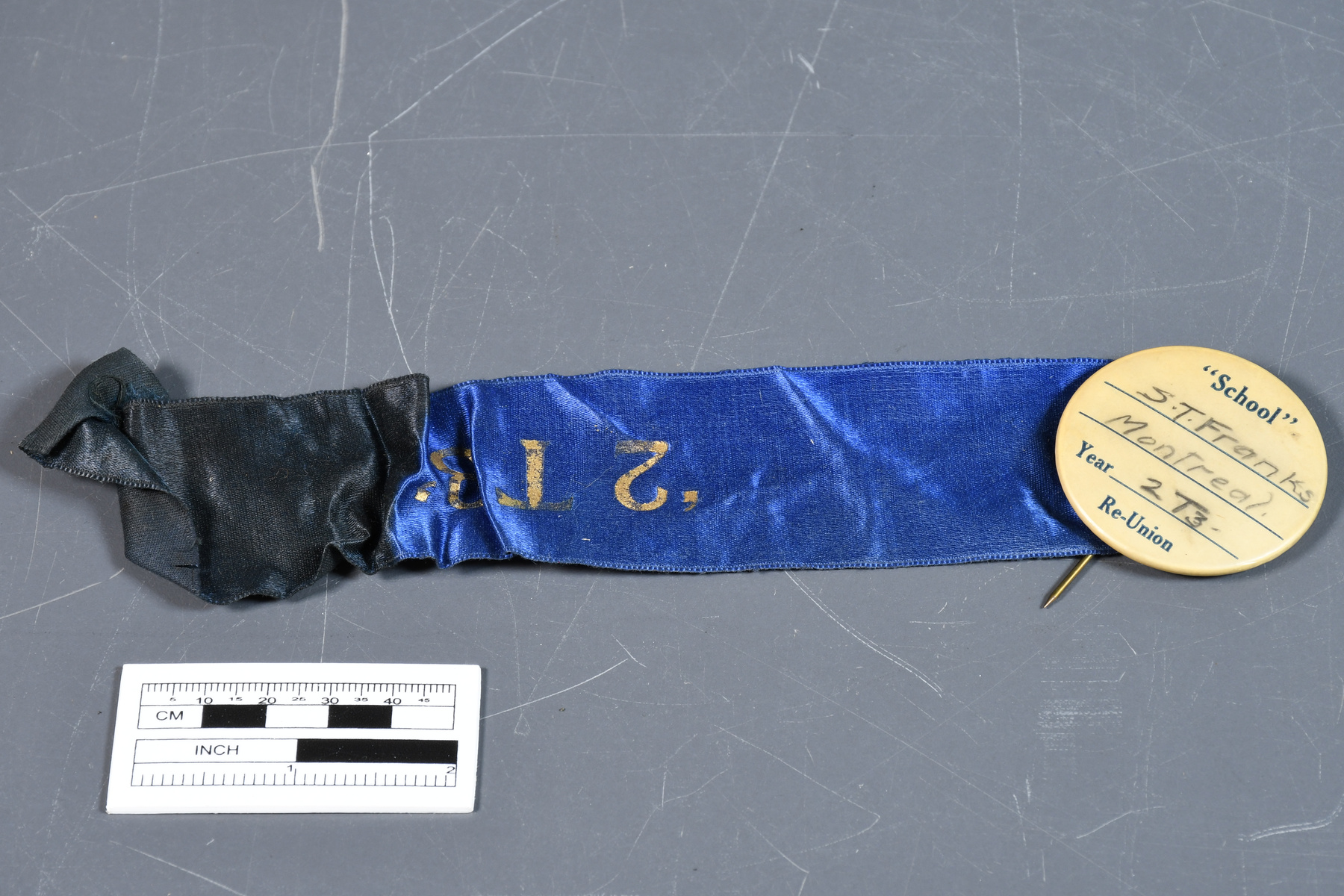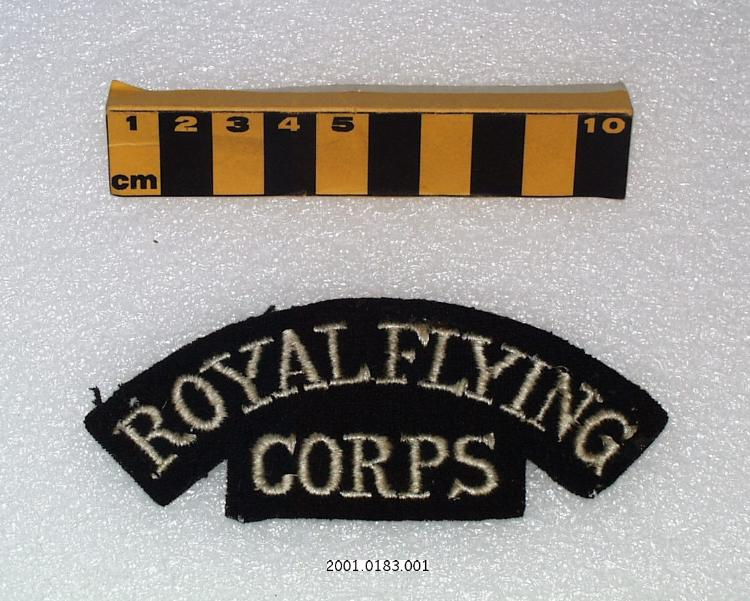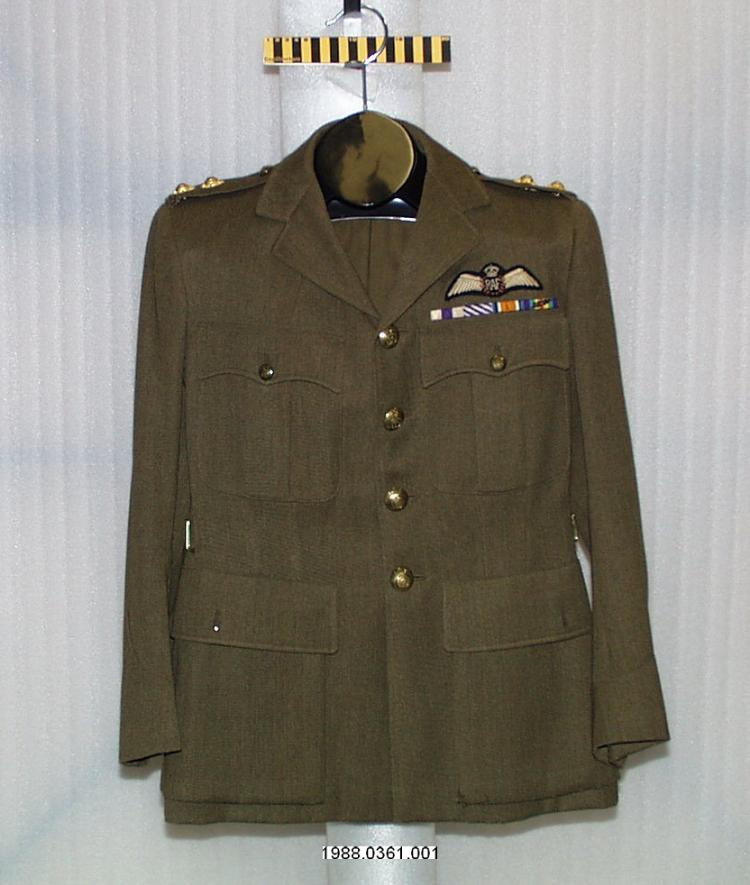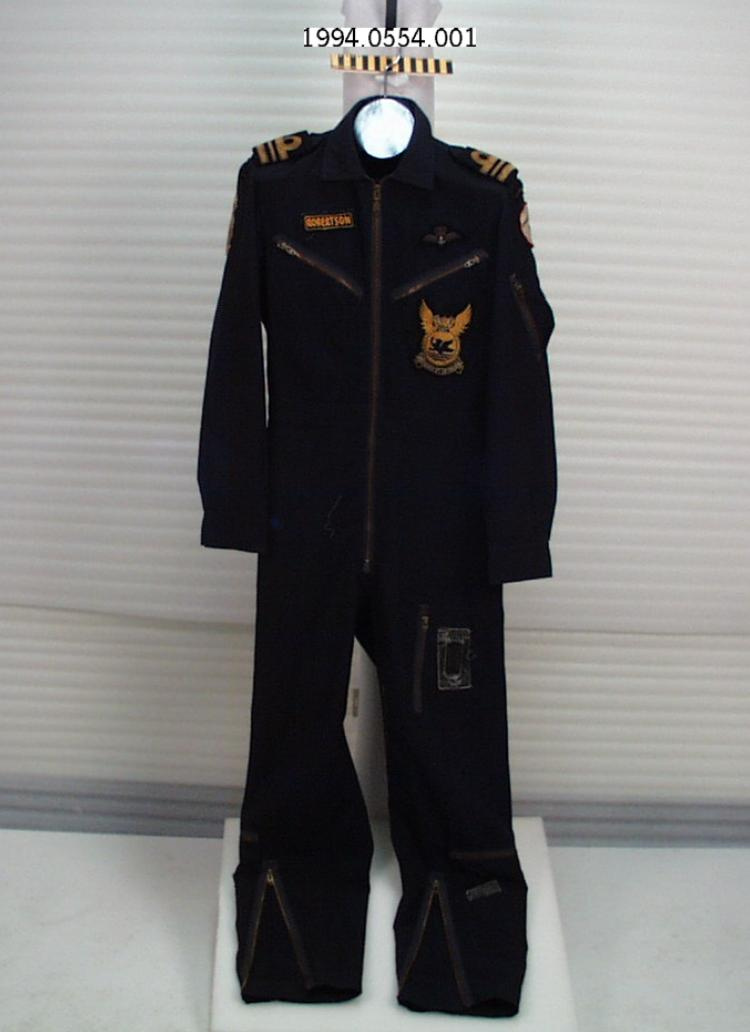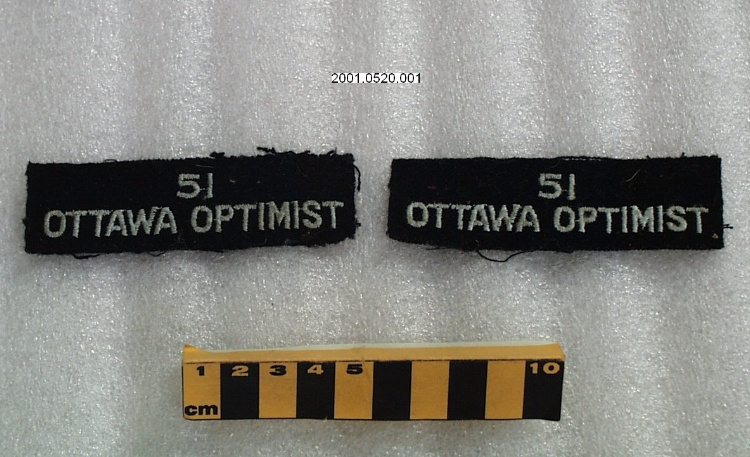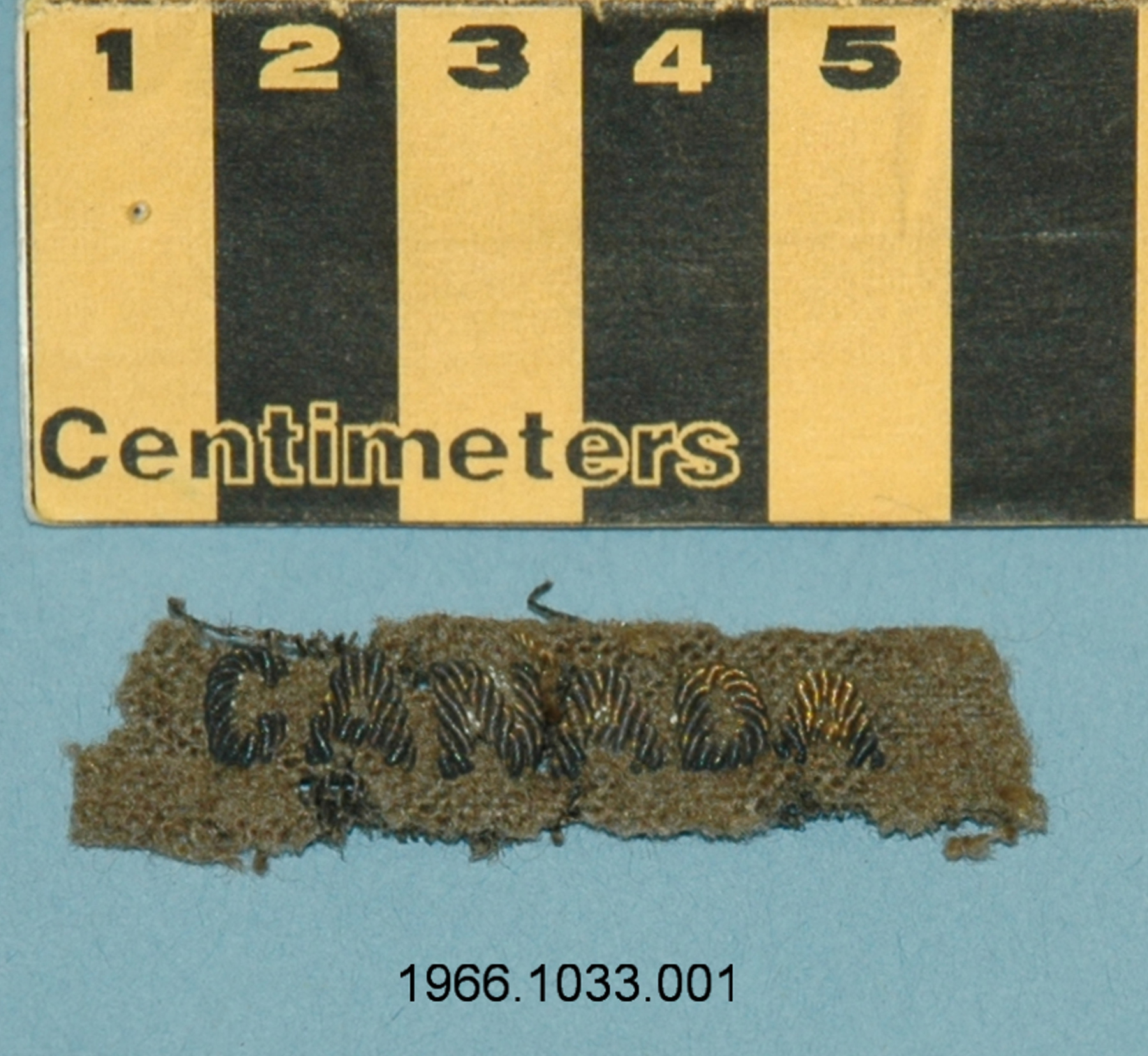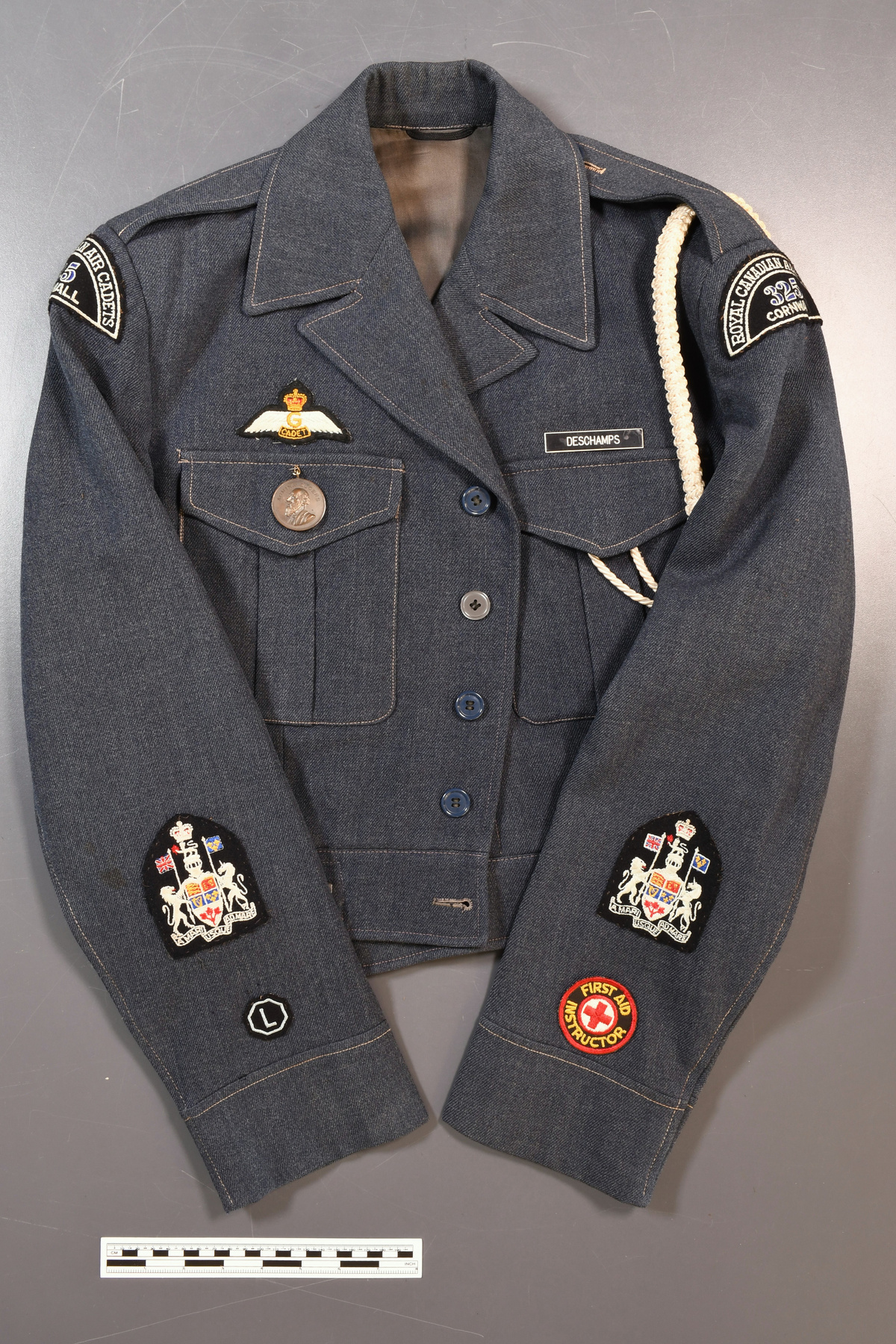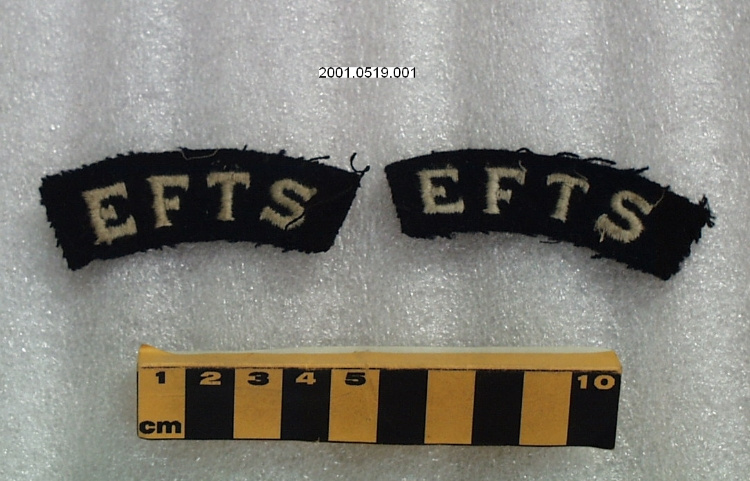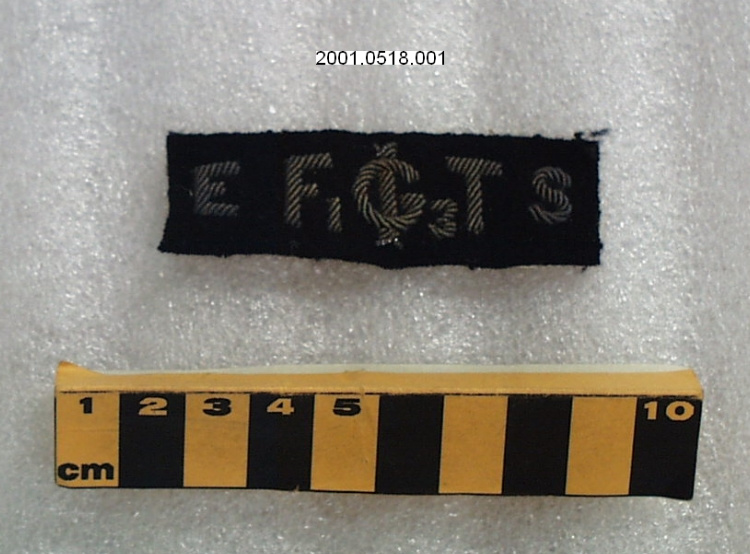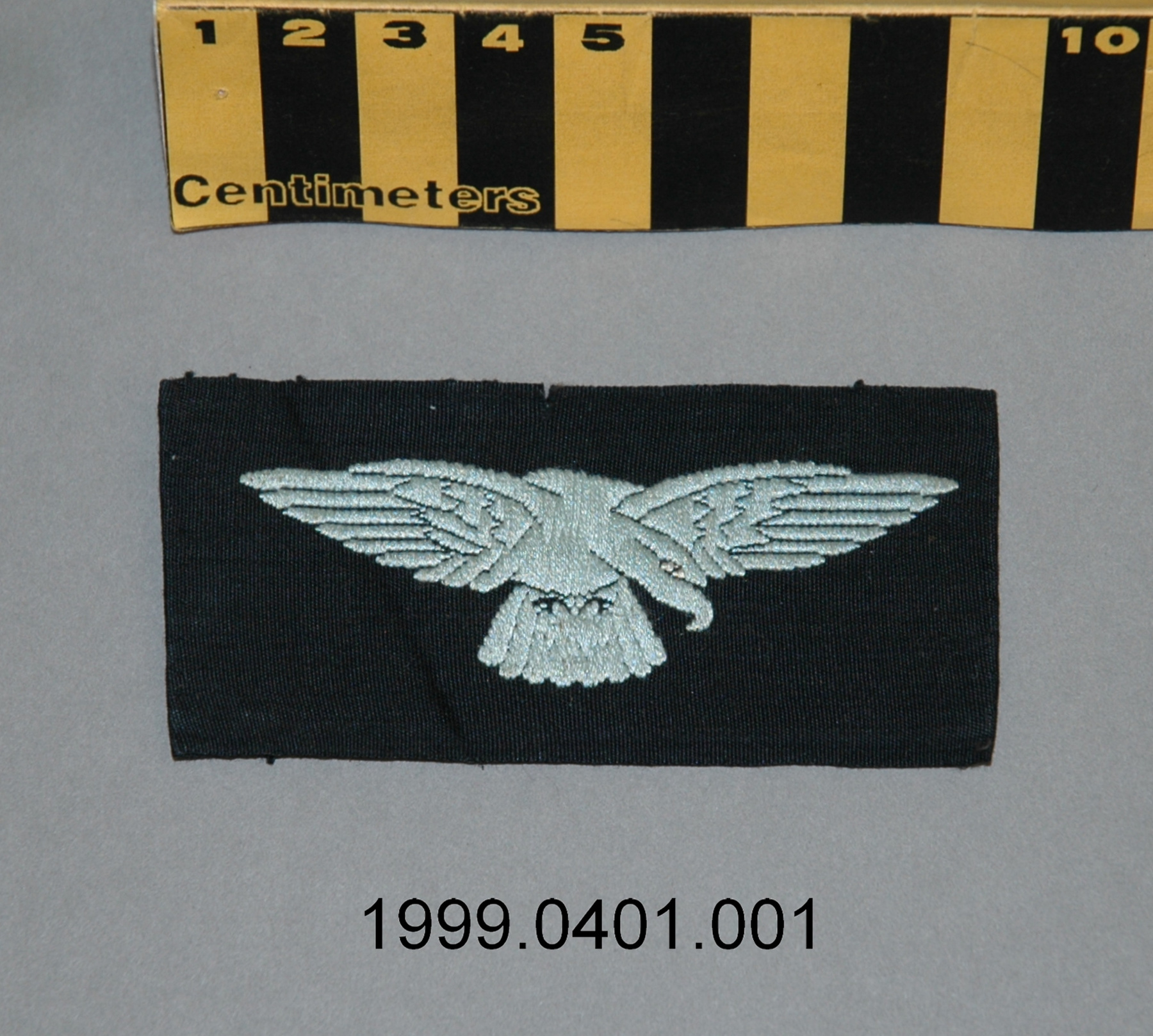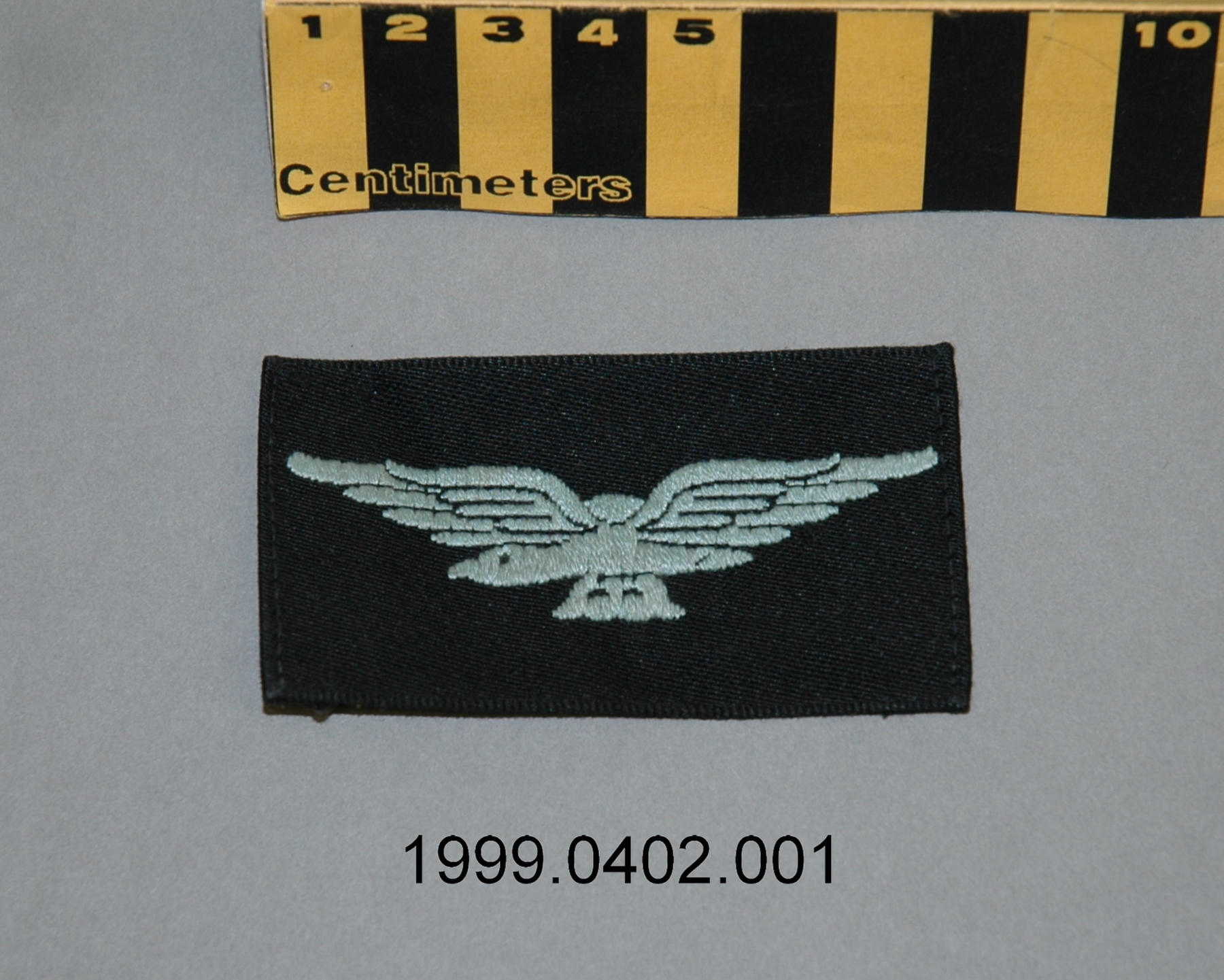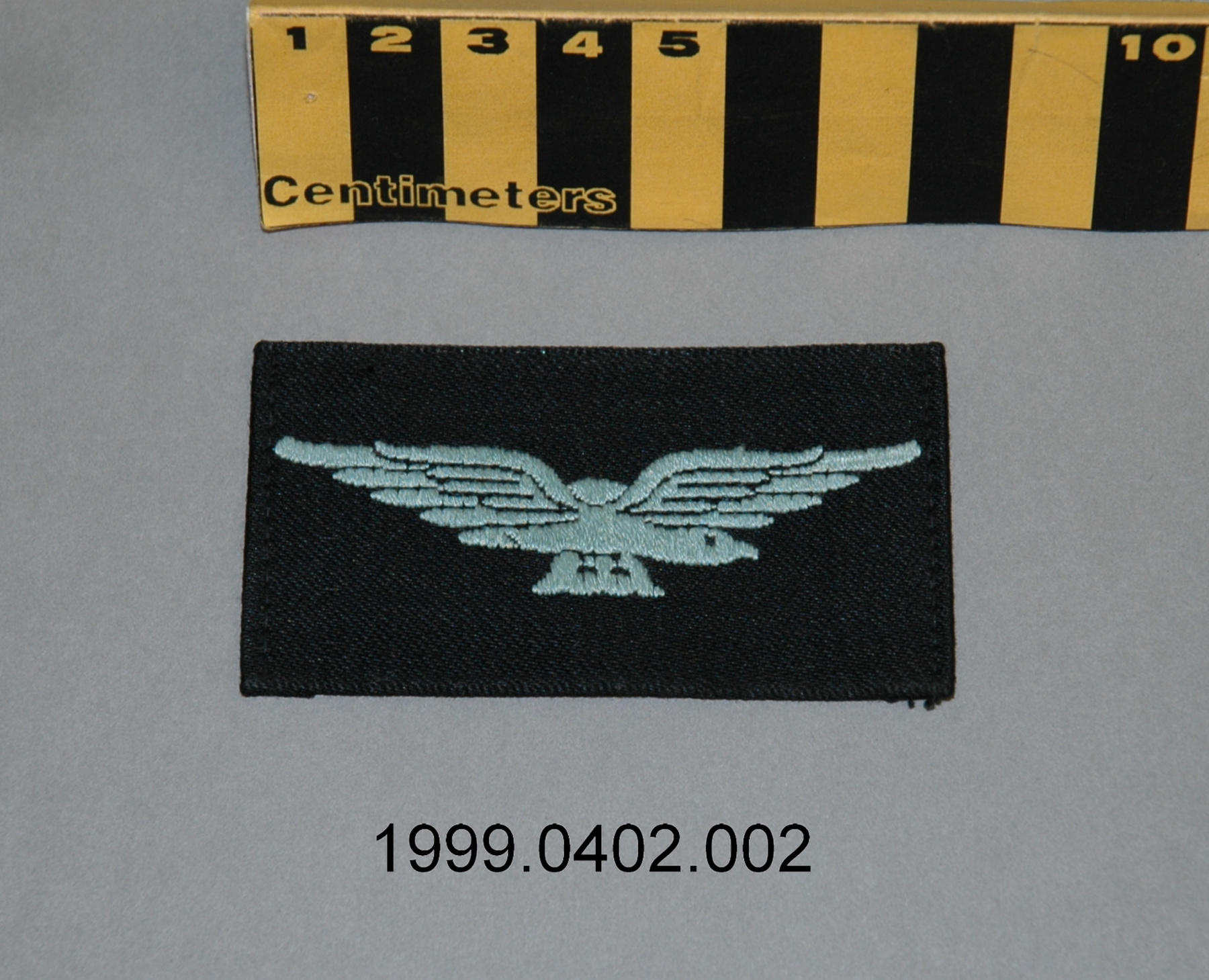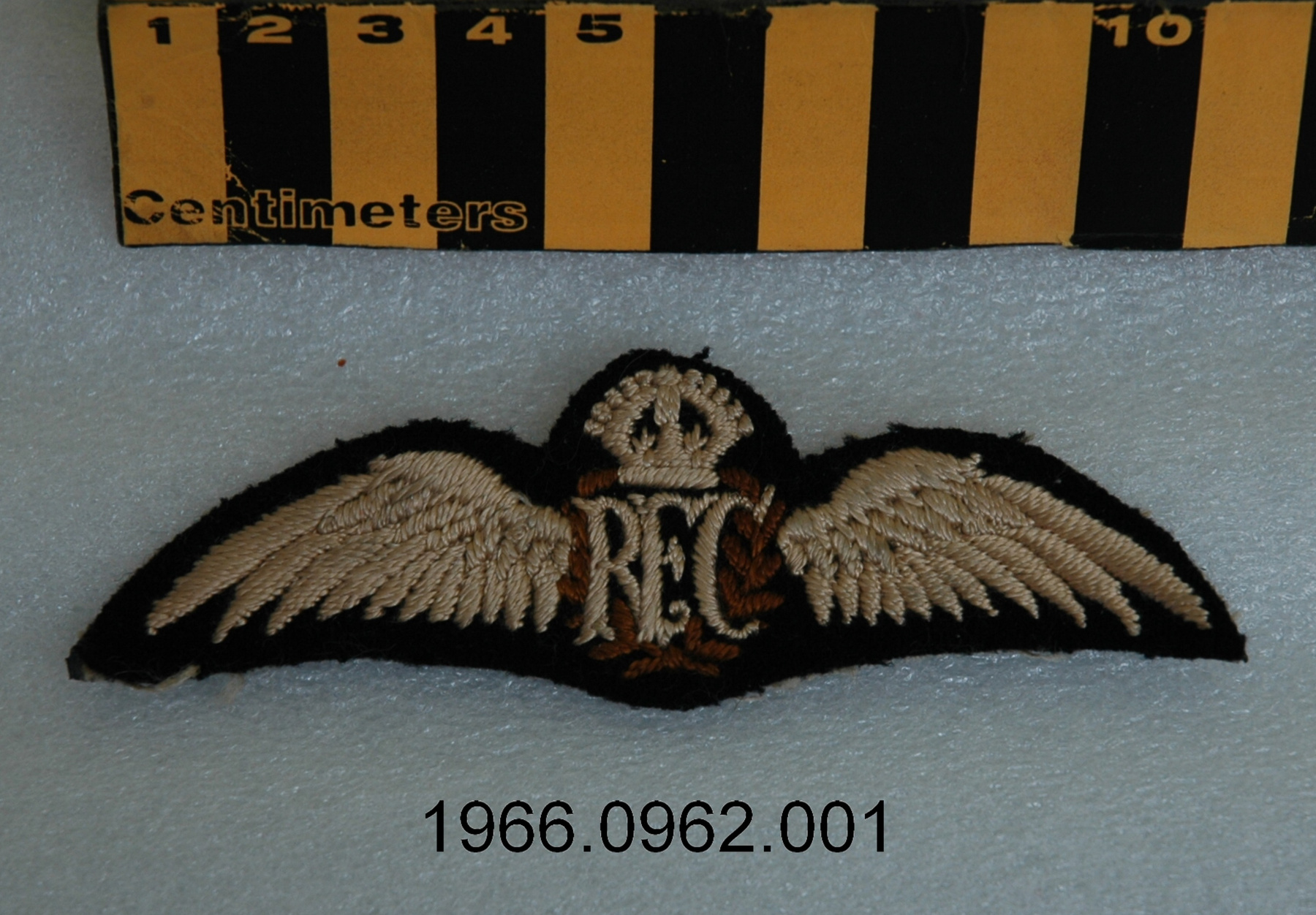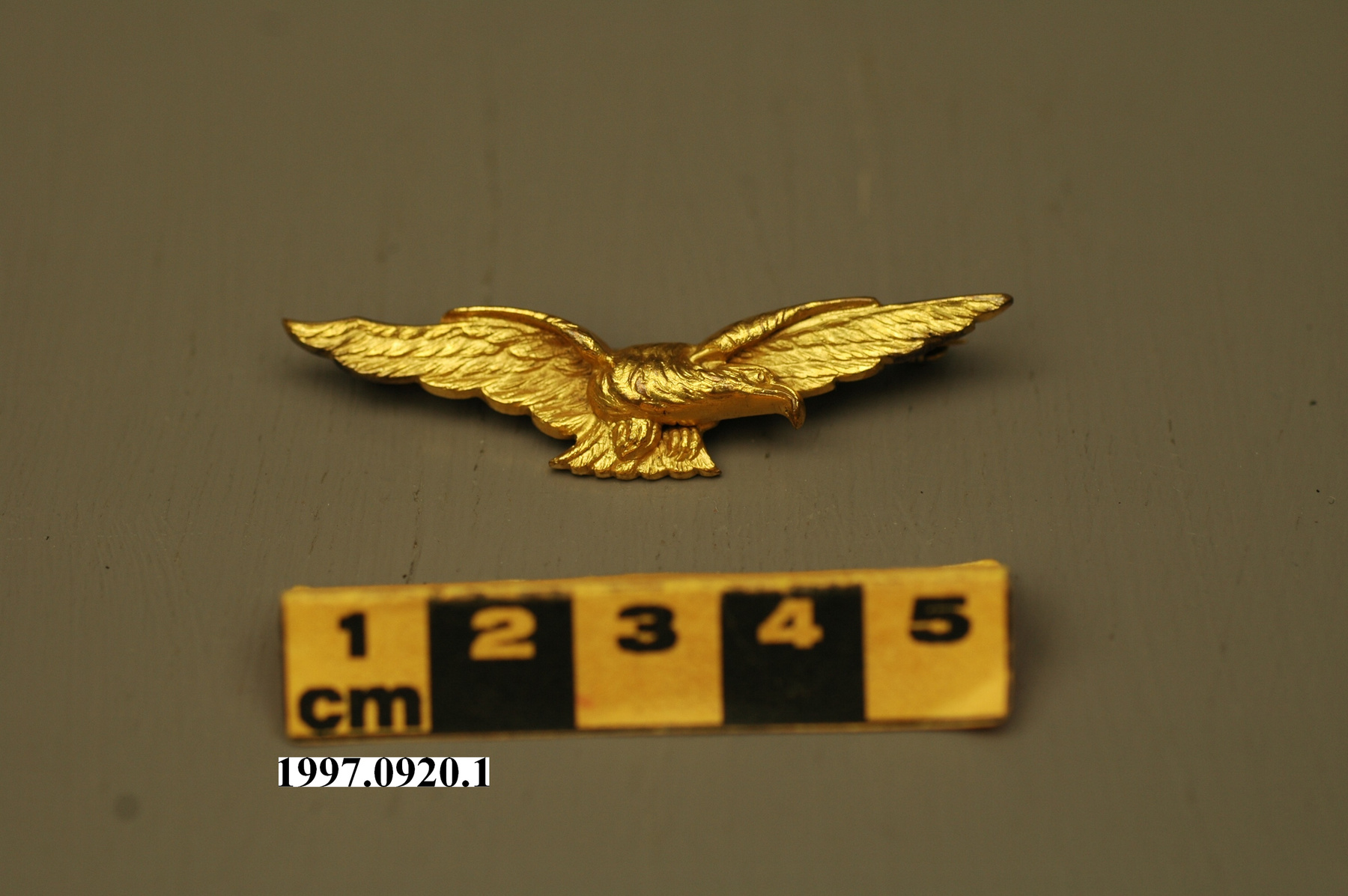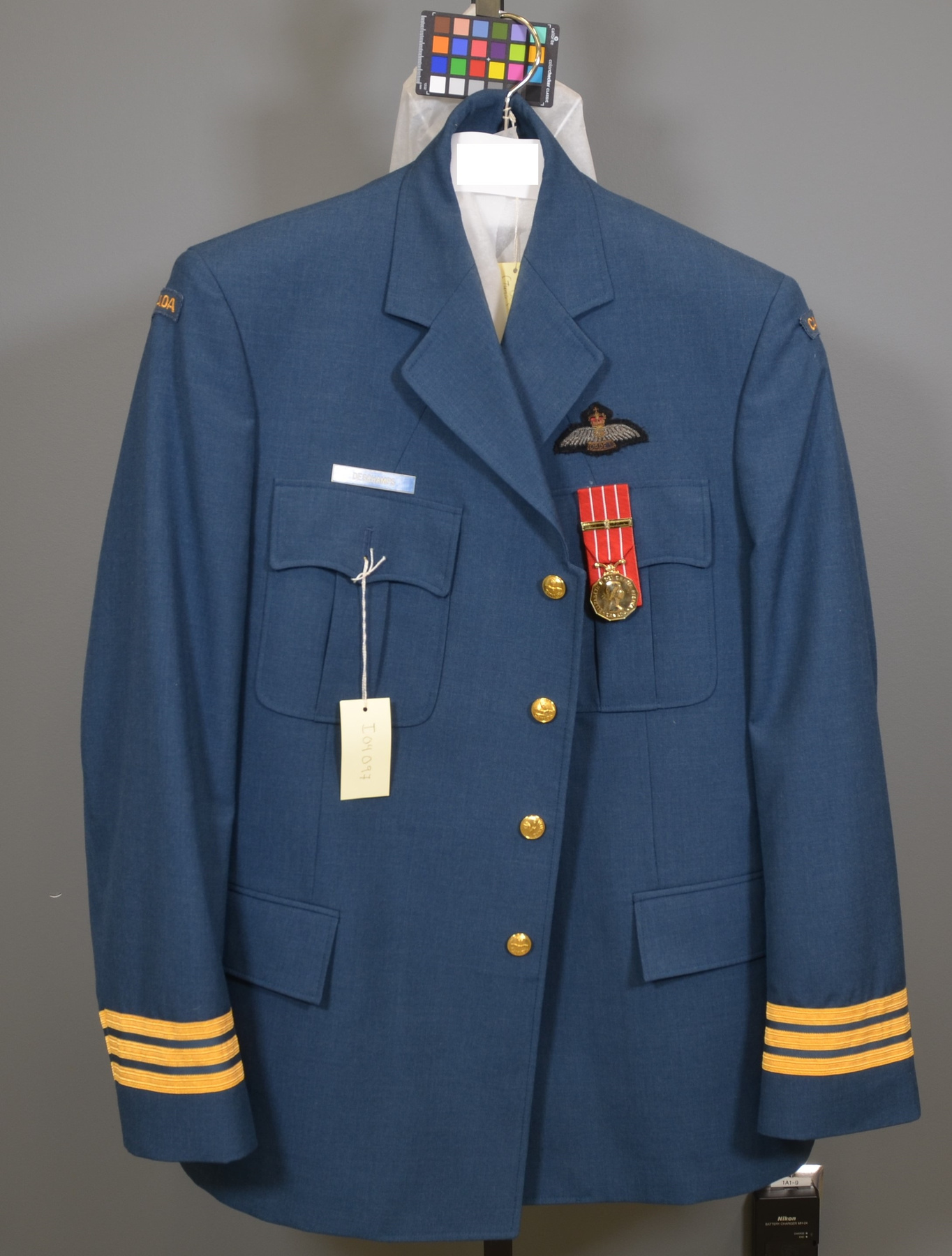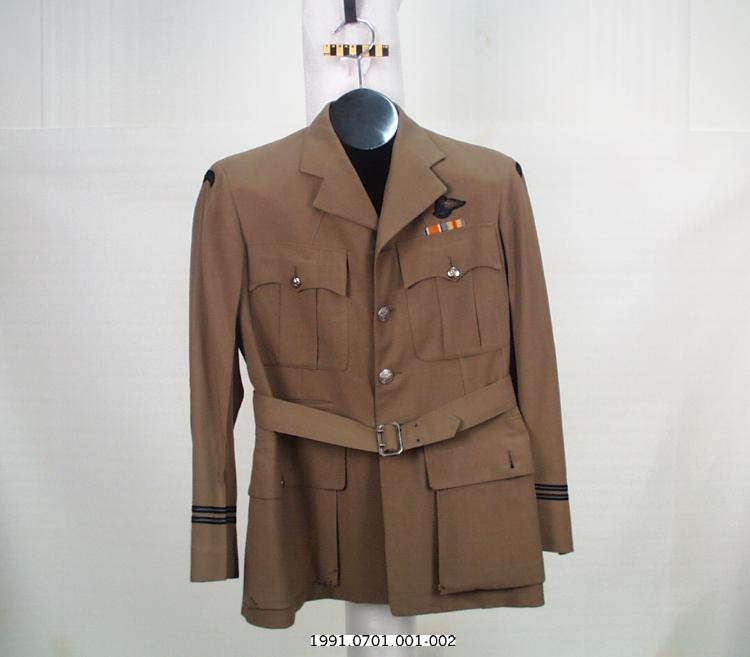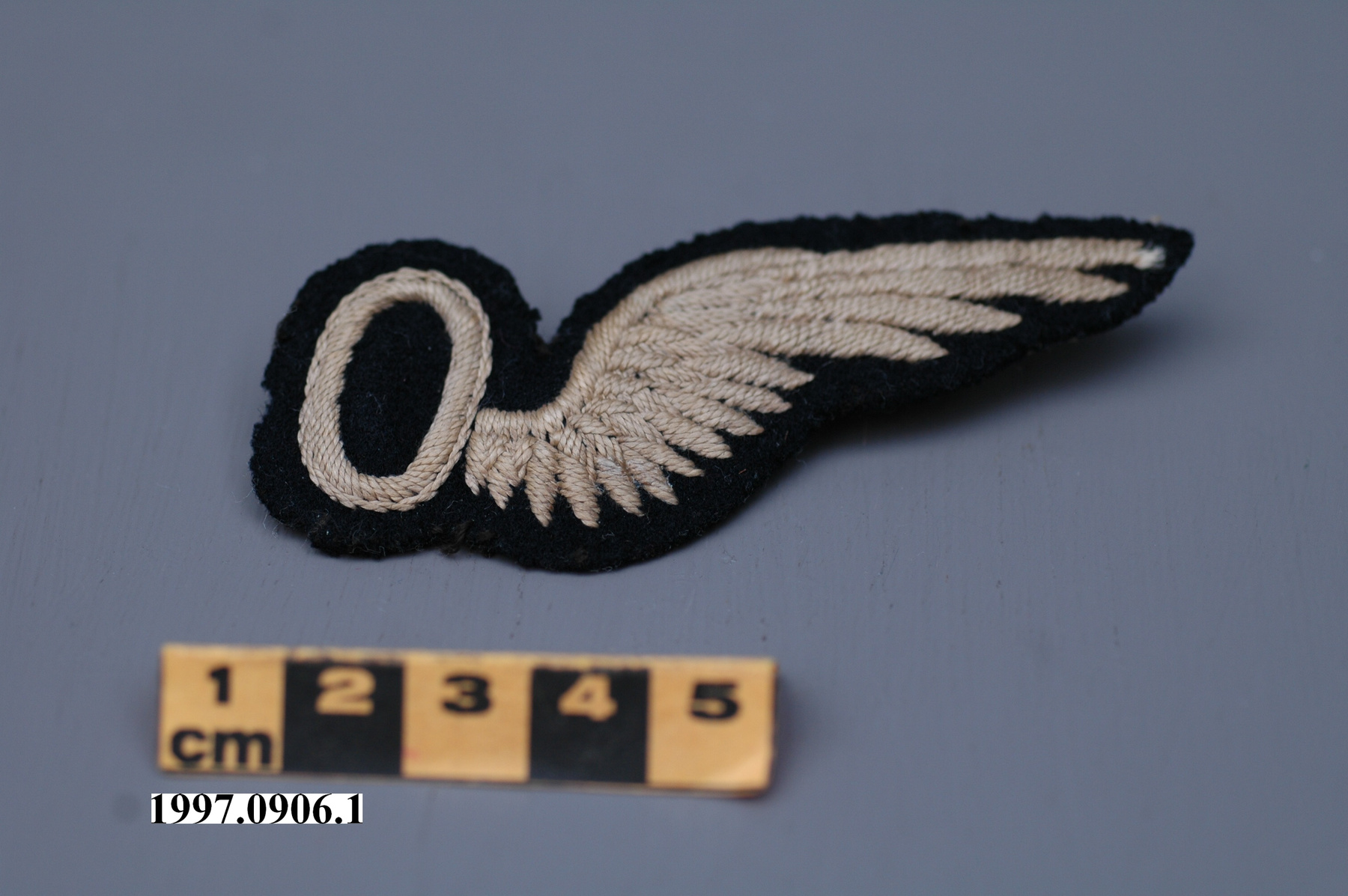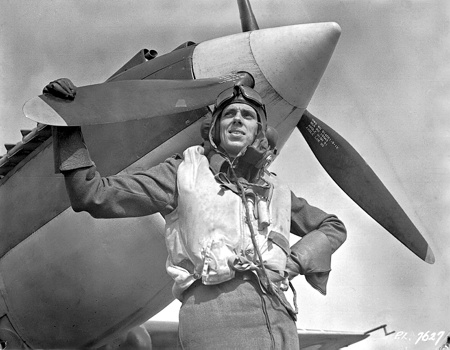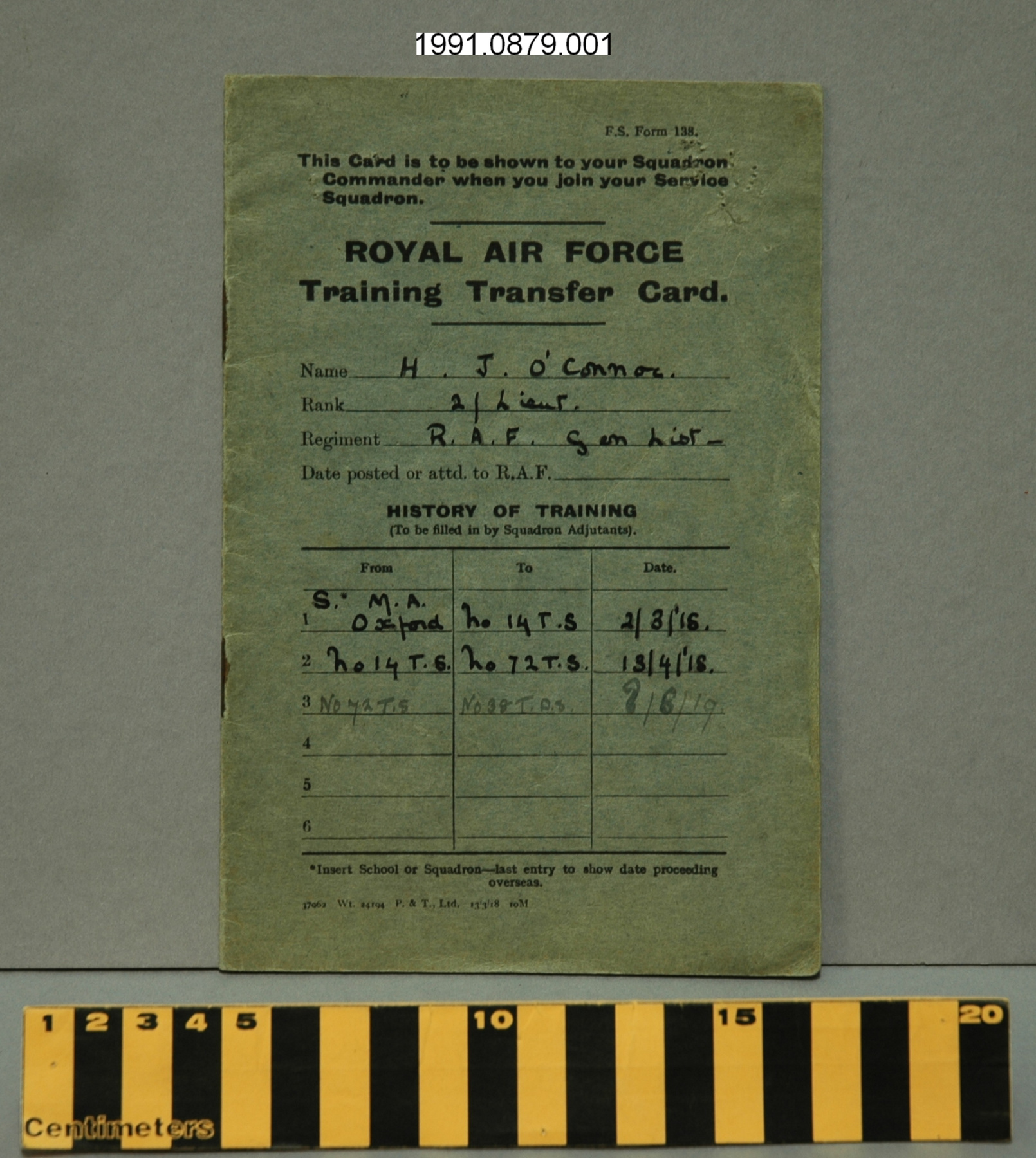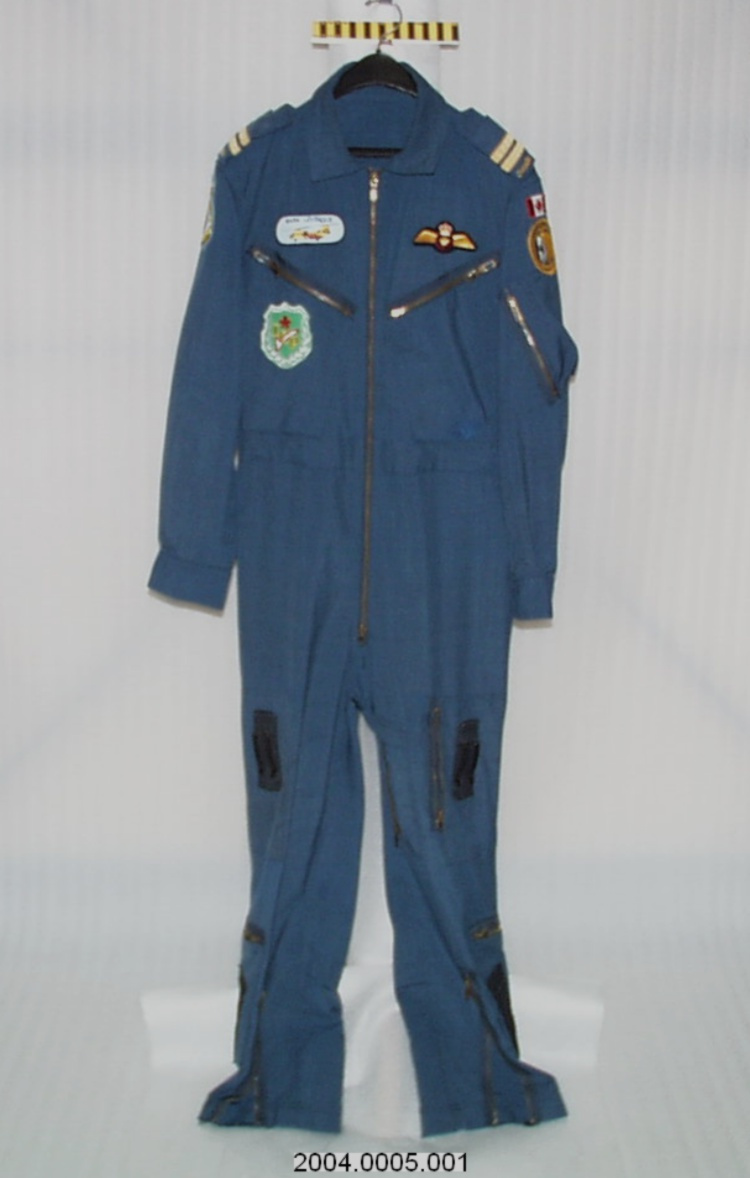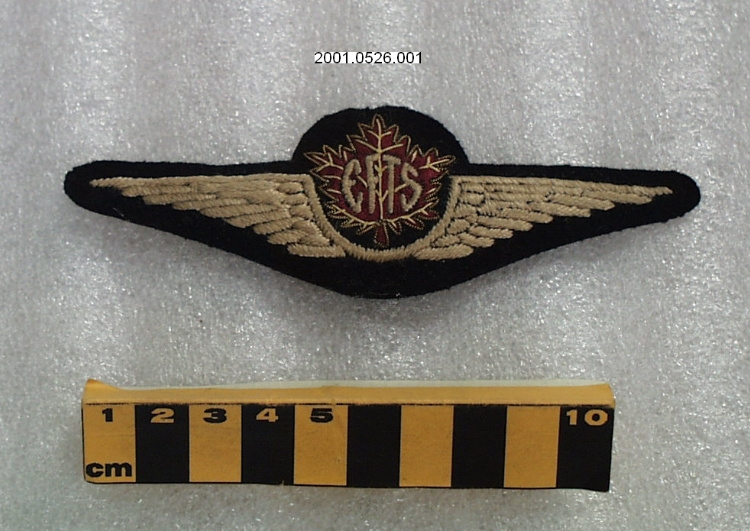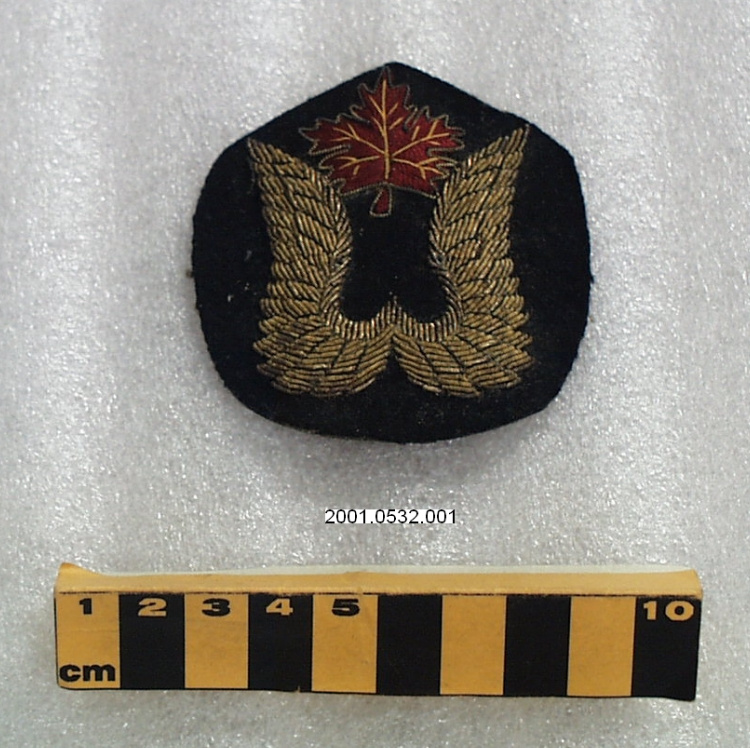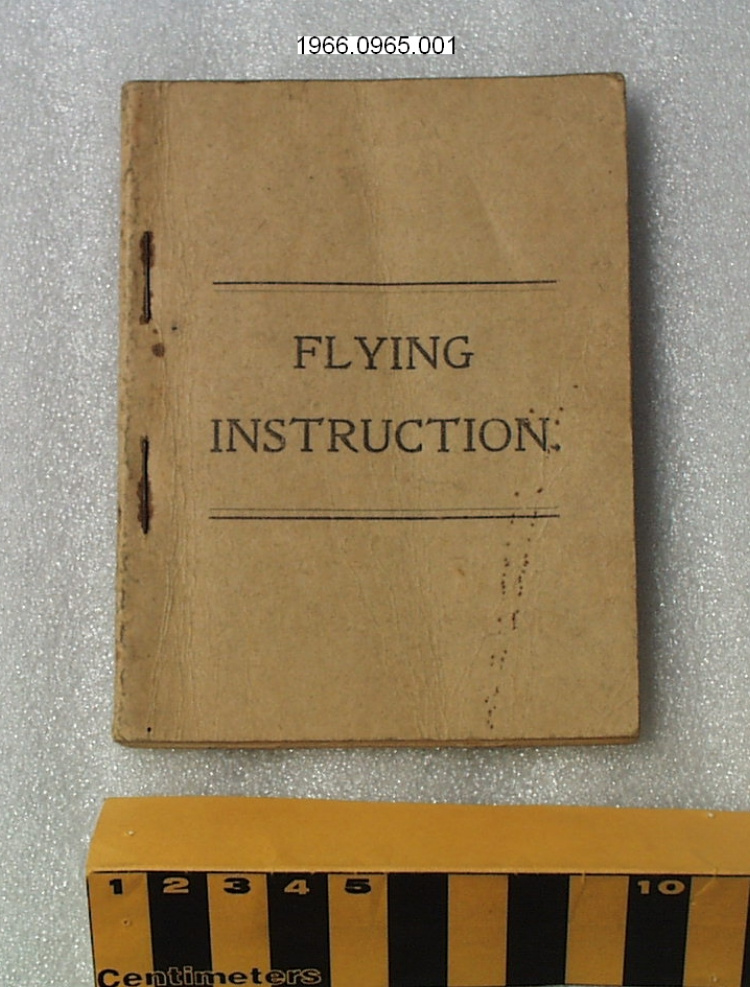Jacket, uniform
Use this image
Can I reuse this image without permission? Yes
Object images on the Ingenium Collection’s portal have the following Creative Commons license:
Copyright Ingenium / CC BY-NC-ND (Attribution-NonCommercial 4.0 International (CC BY-NC 4.0)
ATTRIBUTE THIS IMAGE
Ingenium,
2010.1460.001
Permalink:
Ingenium is releasing this image under the Creative Commons licensing framework, and encourages downloading and reuse for non-commercial purposes. Please acknowledge Ingenium and cite the artifact number.
DOWNLOAD IMAGEPURCHASE THIS IMAGE
This image is free for non-commercial use.
For commercial use, please consult our Reproduction Fees and contact us to purchase the image.
- OBJECT TYPE
- military
- DATE
- 1913
- ARTIFACT NUMBER
- 2010.1460.001
- MANUFACTURER
- Unknown
- MODEL
- Unknown
- LOCATION
- Unknown
More Information
General Information
- Serial #
- N/A
- Part Number
- 1
- Total Parts
- 5
- AKA
- N/A
- Patents
- N/A
- General Description
- Cotton, wool, and velvet; gold thread and other metal.
Dimensions
Note: These reflect the general size for storage and are not necessarily representative of the object's true dimensions.
- Length
- 80.0 cm
- Width
- 60.0 cm
- Height
- N/A
- Thickness
- N/A
- Weight
- N/A
- Diameter
- N/A
- Volume
- N/A
Lexicon
- Group
- Aviation
- Category
- Clothing
- Sub-Category
- N/A
Manufacturer
- AKA
- Unknown
- Country
- Unknown
- State/Province
- Unknown
- City
- Unknown
Context
- Country
- Canada
- State/Province
- Unknown
- Period
- During and after the First World War.
- Canada
-
The individual to whom this artifact belonged was Selwyn Thompson “Sel” Franks (1899-1985). He was born on September 21st, 1899, in Weston, Ontario. His family moved to Regina, Saskatchewan, between 1907 and 1908. He attended the Regina Collegiate Institute, the city’s first high school. According to family lore, Franks enlisted in the British Army’s air service, the Royal Flying Corps, in 1916. He left for his initial training after completing high school, which took place at the University of Toronto. During the winter of 1917 to 1918, he was one of the many trainees who went to Texas, near Fort Worth, to continue his training. Franks obtained his pilot qualification badge in early 1918. After a brief visit in Regina in March, Franks sailed toward the United Kingdoms, where he arrived in April. Once there, the young officer, either second lieutenant or lieutenant, received further training. In August of 1918, Franks crossed into France where he was assigned to a bomber unit, the No. 49 Squadron, in the Royal Air Force. Franks took part in a number of missions, or sorties, both low-level ones near the front and high-level ones further behind enemy lines. Franks kept on flying until the Armistice. At some point thereafter, the No. 49 Squadron was sent to a French village near the Belgian border, then to a town in Germany. The unit stayed there until July 1919, when it was disbanded. Franks himself was already home by then, as he had apparently arrived in Regina on May 1st, 1919. The presence of four Canadian Air Force (CAF) buttons and a CAF cap badge in the donation could indicate that Franks was transferred to this service, at least on paper, at some point between its authorization in August and September of 1918, and the disbandment of its two squadrons in the United Kingdoms in January and February of 1920. Franks was a member of the 1923 class of the University of Toronto’s Faculty of Applied Science and Engineering. This being said, a burst appendix delayed his graduation as an electrical engineer until 1924. His brother, Wilbur Rounding Franks (1901-1986), is the gentleman who, during the Second World War, developed a G-suit, a special type of flying suit for pilots designed to reduce the impact of tight turns in aerial combat. The Franks G-suit was one of a few developed by Allied countries during the Second World War. This jacket is a part of a "Russian Blue" Royal Air Force (RAF) uniform. It has been suggested that, when the newly formed Air Ministry went looking for fabric to produce uniforms for the newly created RAF (April 1st, 1918), it wanted a colour that was distinct from the army khaki and navy blue worn by its predecessors. As it happened, a warehouse full of blue cloth had been ordered by the Imperial Russian government the year before to make uniforms for one of its cavalry regiments. The October 1917 Revolution eliminated the buyer, and as a result, the cloth was sitting in a London warehouse available at a significantly reduced price at precisely the right time. This story is somewhat controversial: one researcher contacted by the museum described the story as “surely apocryphal”, while another asserted that there were enough surviving references to make it perfectly credible. This unique uniform was worn only by officers of the RAF from April 1918 to September 1918, before being discontinued. Another historically significant aspect of both RAF uniforms as part of this donation are the shoulder insignias with the lettering “CANADA” in gold wire, which is conspicuously absent on the Royal Flying Corps (RFC) jacket. The absence of an operational Canadian air force throughout the First World War meant Canadians were distributed randomly among to RFC, Royal Naval Air Service, and RAF squadrons. In 1918, the Canadian government suggested that a number of all-Canadian squadrons be created to fight in cooperation with the Canadian Expeditionary Force. Both the RAF and British government showed little enthusiasm, claiming that the transfer of many pilots would hamper the RAF’s efforts as it helped the Allied armies push back the Germans. Two Canadian squadrons were authorized during the summer of 1918. In turn, the Canadian government authorized the creation of a Canadian Air Force (CAF). Given that the war ended soon after, the Canadian government decided, in mid-1919, not to form a permanent air force. The Canadian squadrons were disbanded in early 1920 without setting foot in North America. - Function
-
A jacket worn as part of a uniform during the First World War to identify the wearer as a Royal Air Force soldier. - Technical
-
The “Canada” shoulder title on the Royal Air Force uniforms indicated the nationally of its wearer, something which had no counterpart in the Royal Flying Corps or the Royal Naval Air Service. By 1919, the Canadian Air Force (CAF) had also developed its own unique lapel and cap badges, which were later slightly modified when another Canadian air force was formed in Canada in 1920. Nationality shoulder titles would eventually become a familiar feature of Commonwealth air force uniforms through the British Commonwealth Air Training Program (BCATP) during the Second World War. - Area Notes
-
Unknown
Details
- Markings
- Lettering on underside of buttons reads: “LONDON/C&J. WELDON”; lettering embroidered on badge on front on proper left side reads: “RAF”; lettering embroidered onto shoulders reads: “CANADA”.
- Missing
- The artifact appears complete.
- Finish
- Predominantly blue exterior and lining; beige and taupe/brown lining; gold coloured metal elements; black, green, and red elements; taupe stitching.
- Decoration
- Decorative design cast onto buttons composed of a bird and a crown; Royal Air Force embroidered badge composed of two wings, a wreath, lettering, and a crown; decorative metal embroidery; pattern on lining inside sleeves is striped, with two thin vertical lines repeating all over.
CITE THIS OBJECT
If you choose to share our information about this collection object, please cite:
Unknown Manufacturer, Jacket, uniform, after 1913, Artifact no. 2010.1460, Ingenium – Canada’s Museums of Science and Innovation, http://collections.ingeniumcanada.org/en/item/2010.1460.001/
FEEDBACK
Submit a question or comment about this artifact.
More Like This




